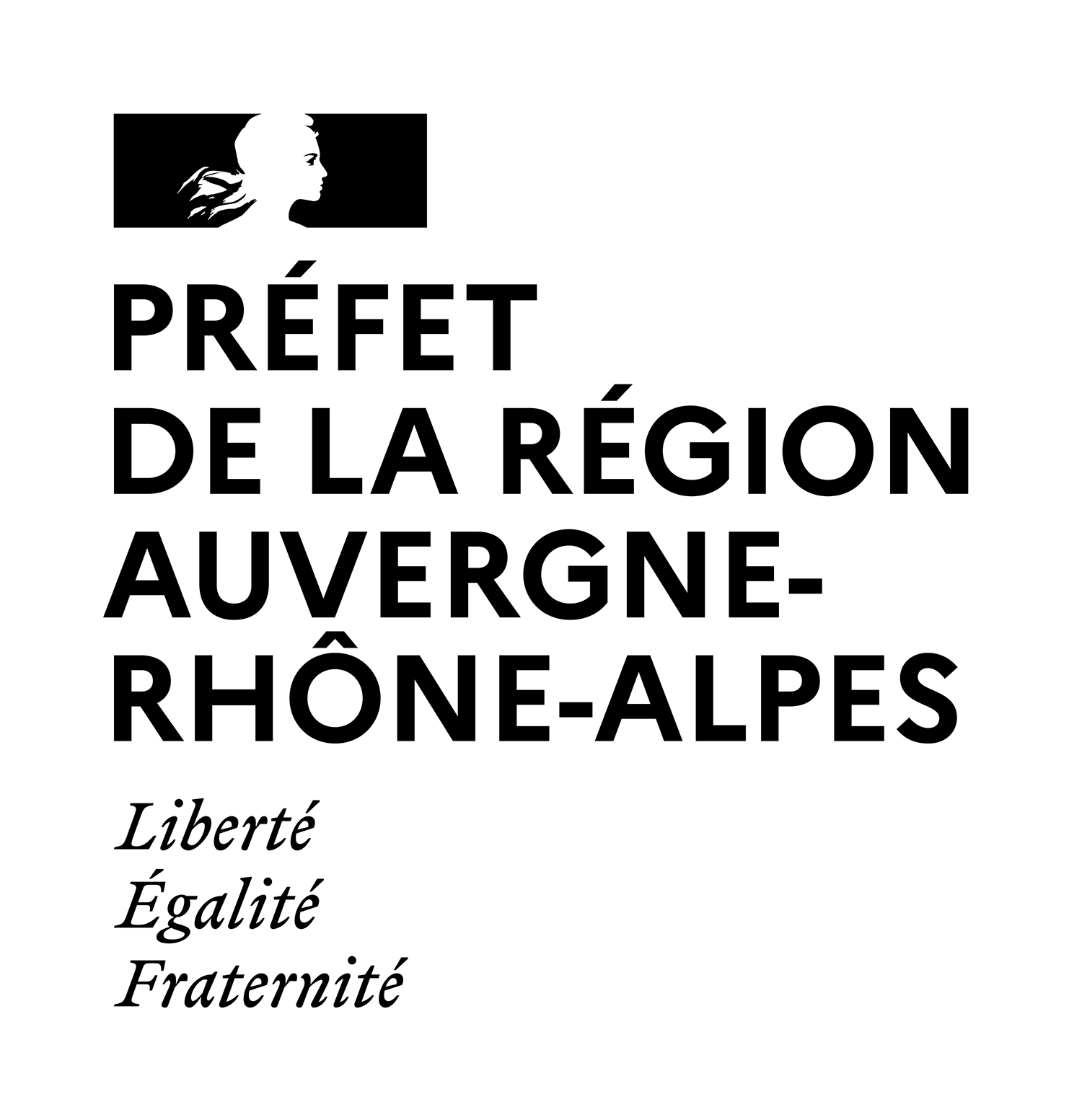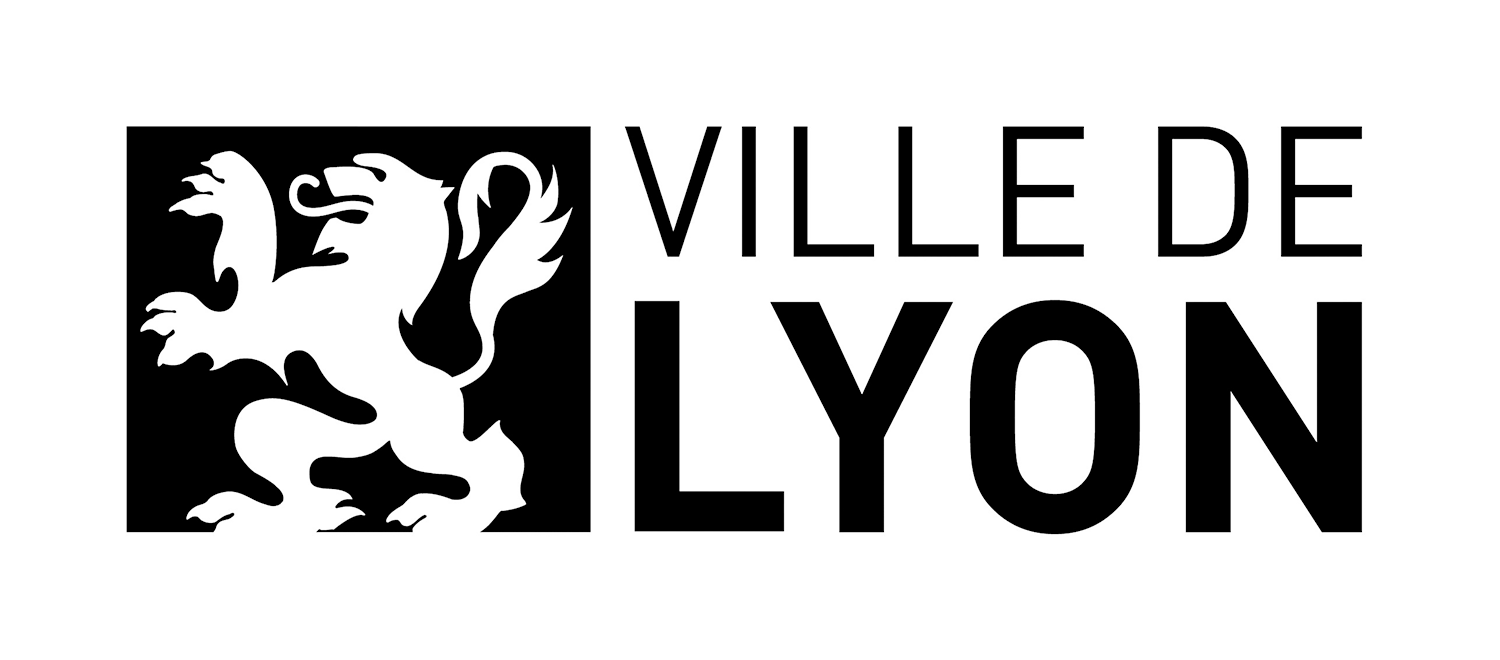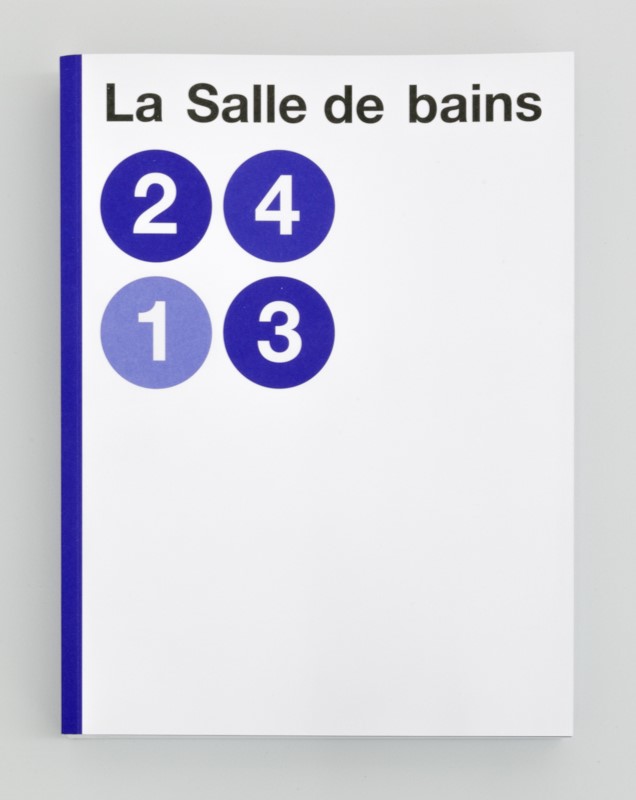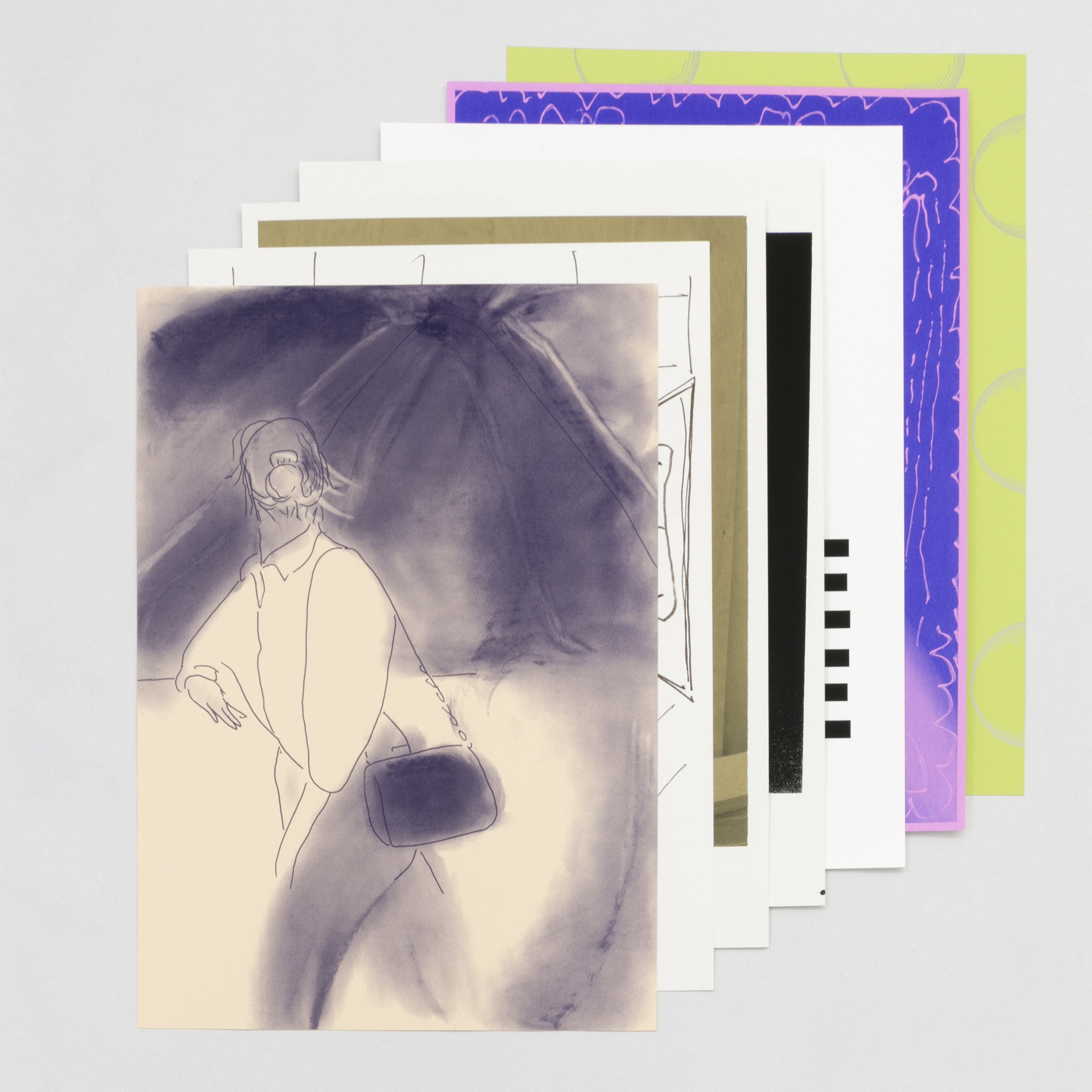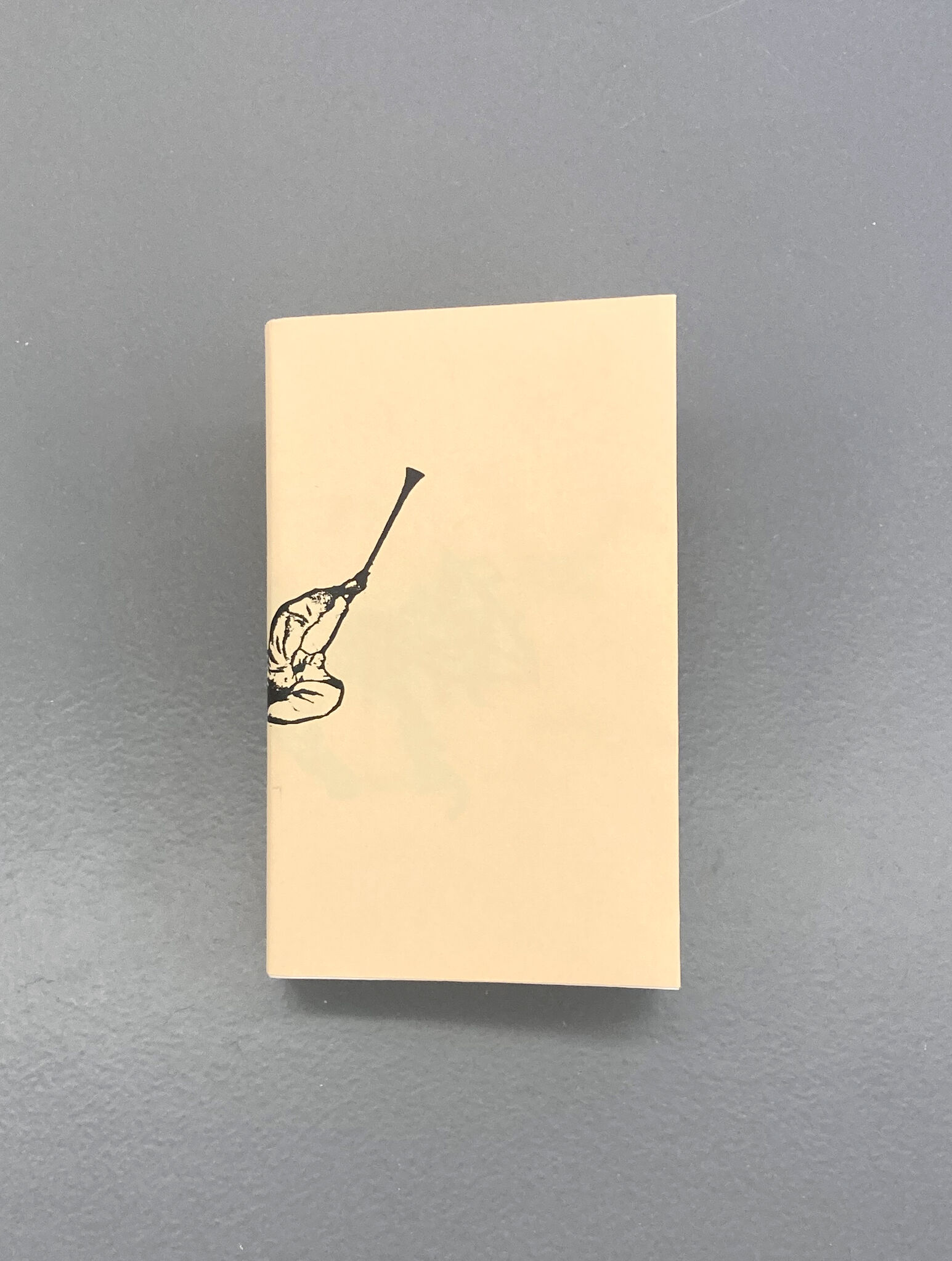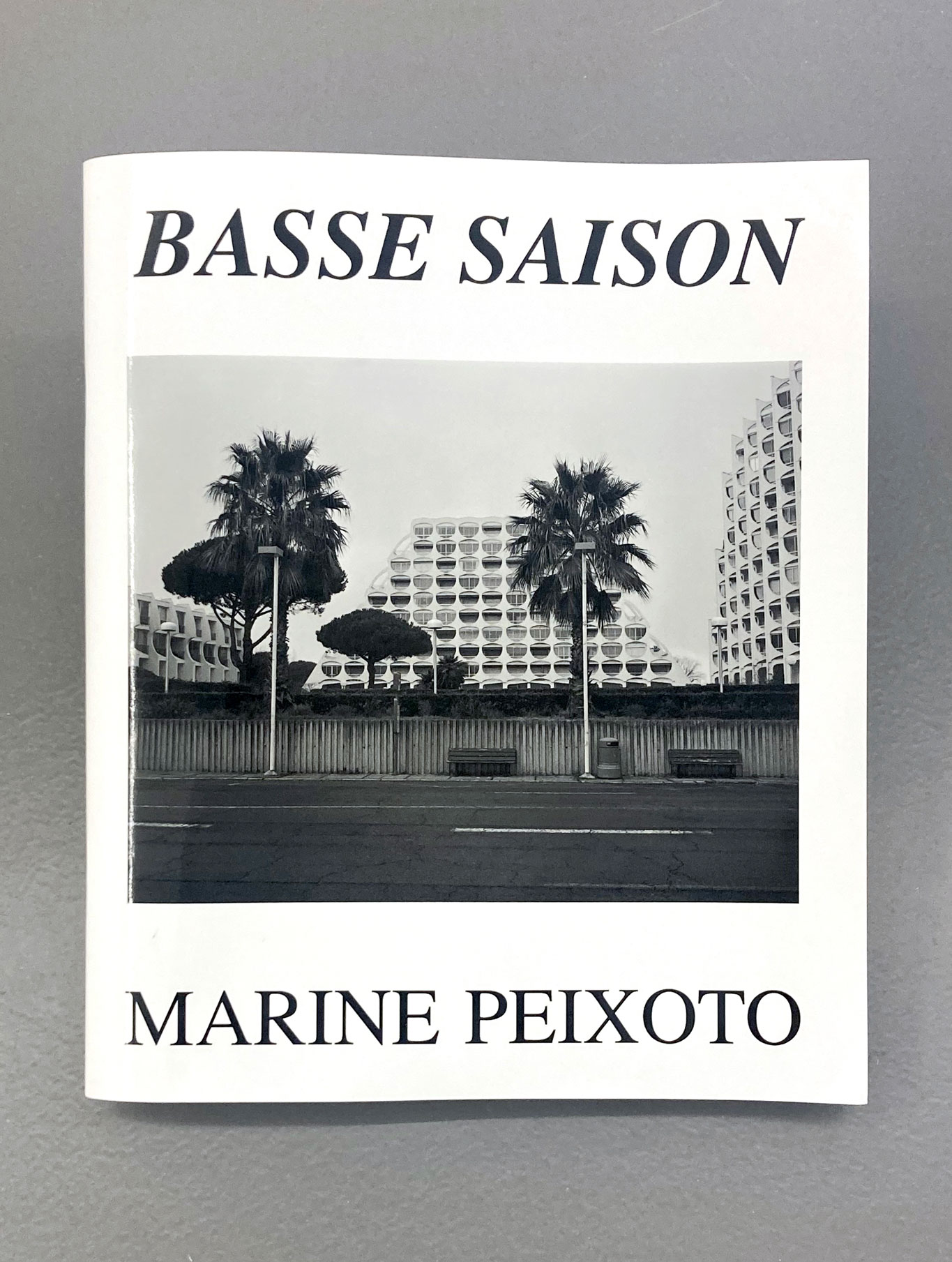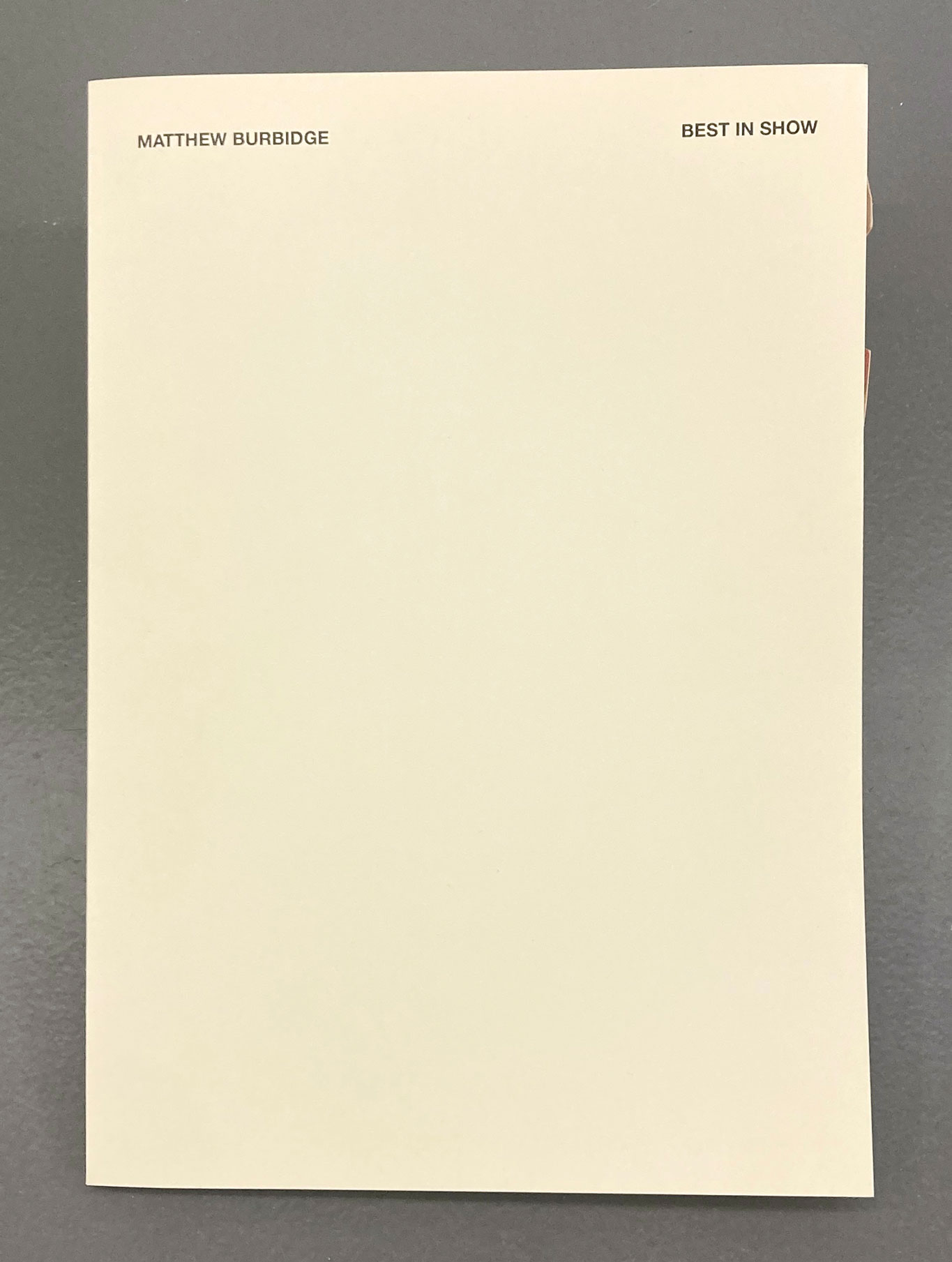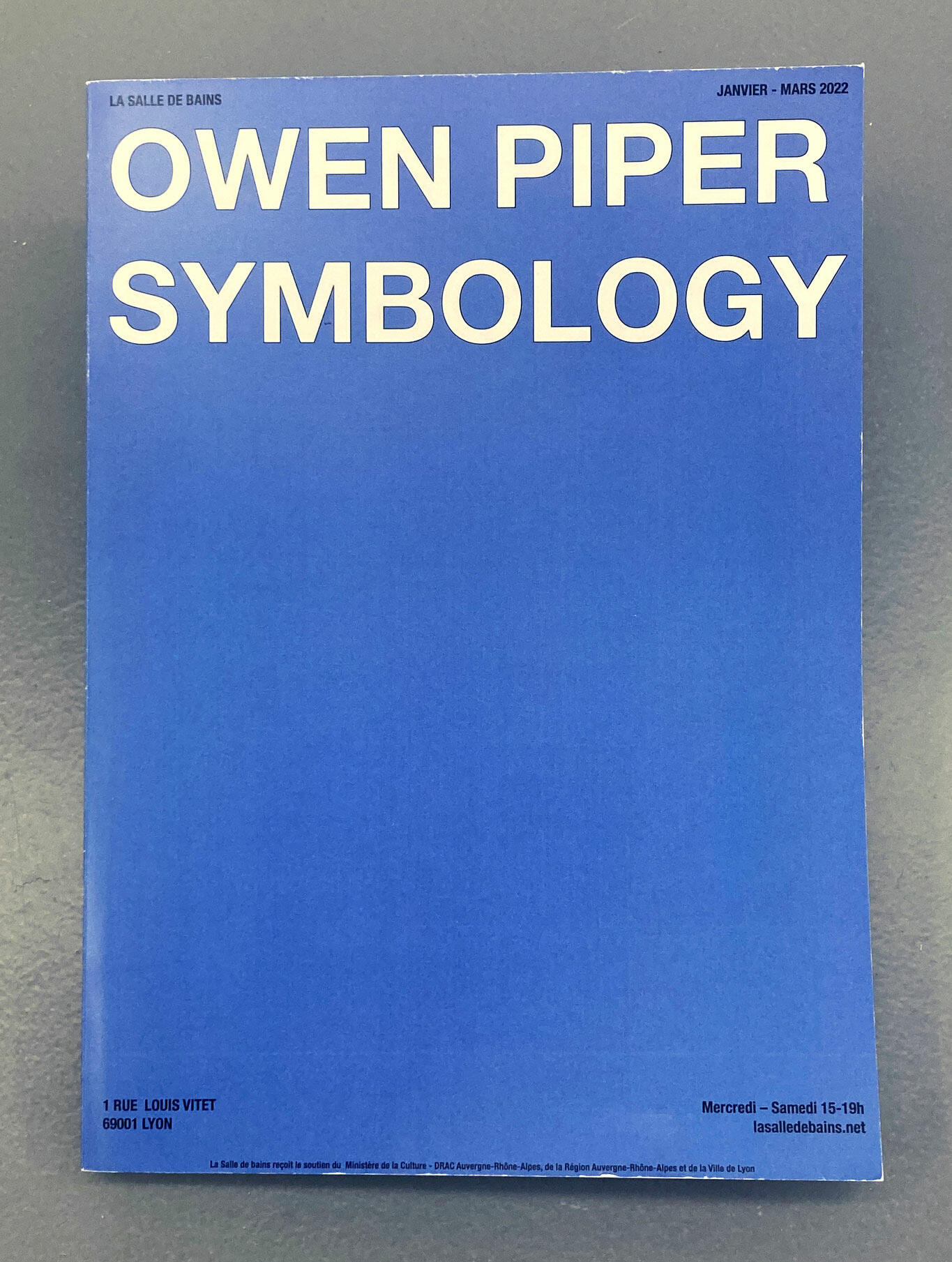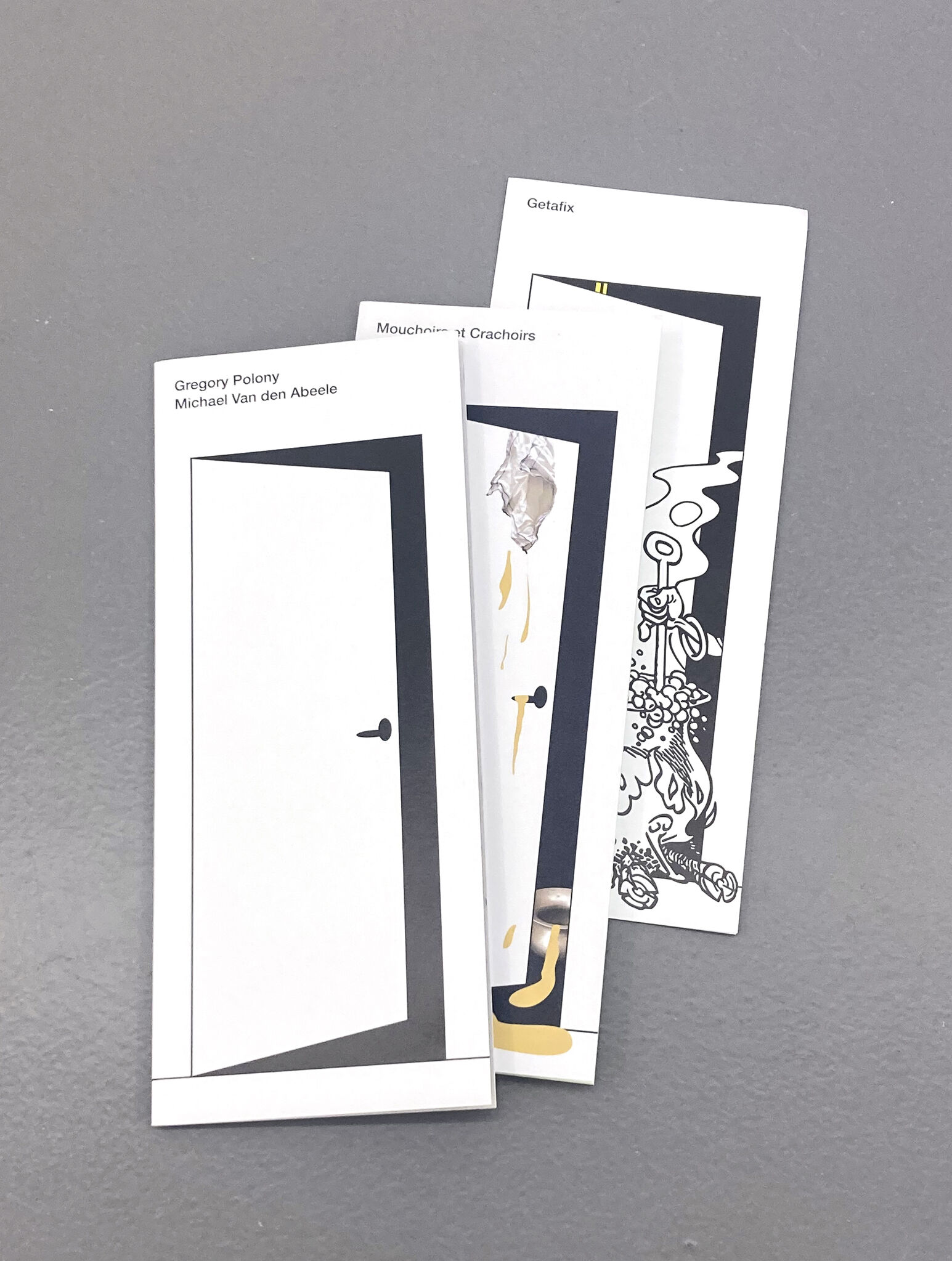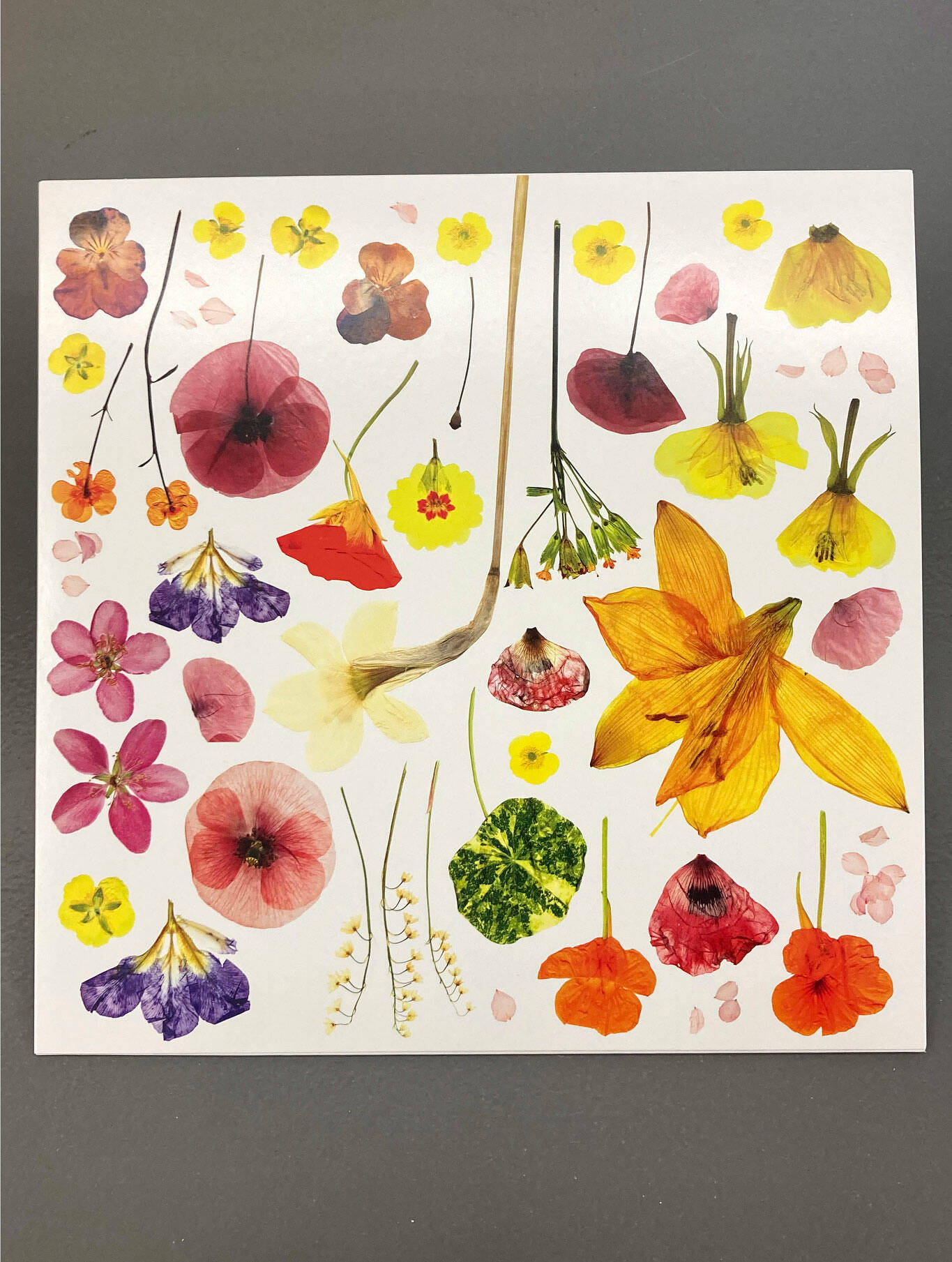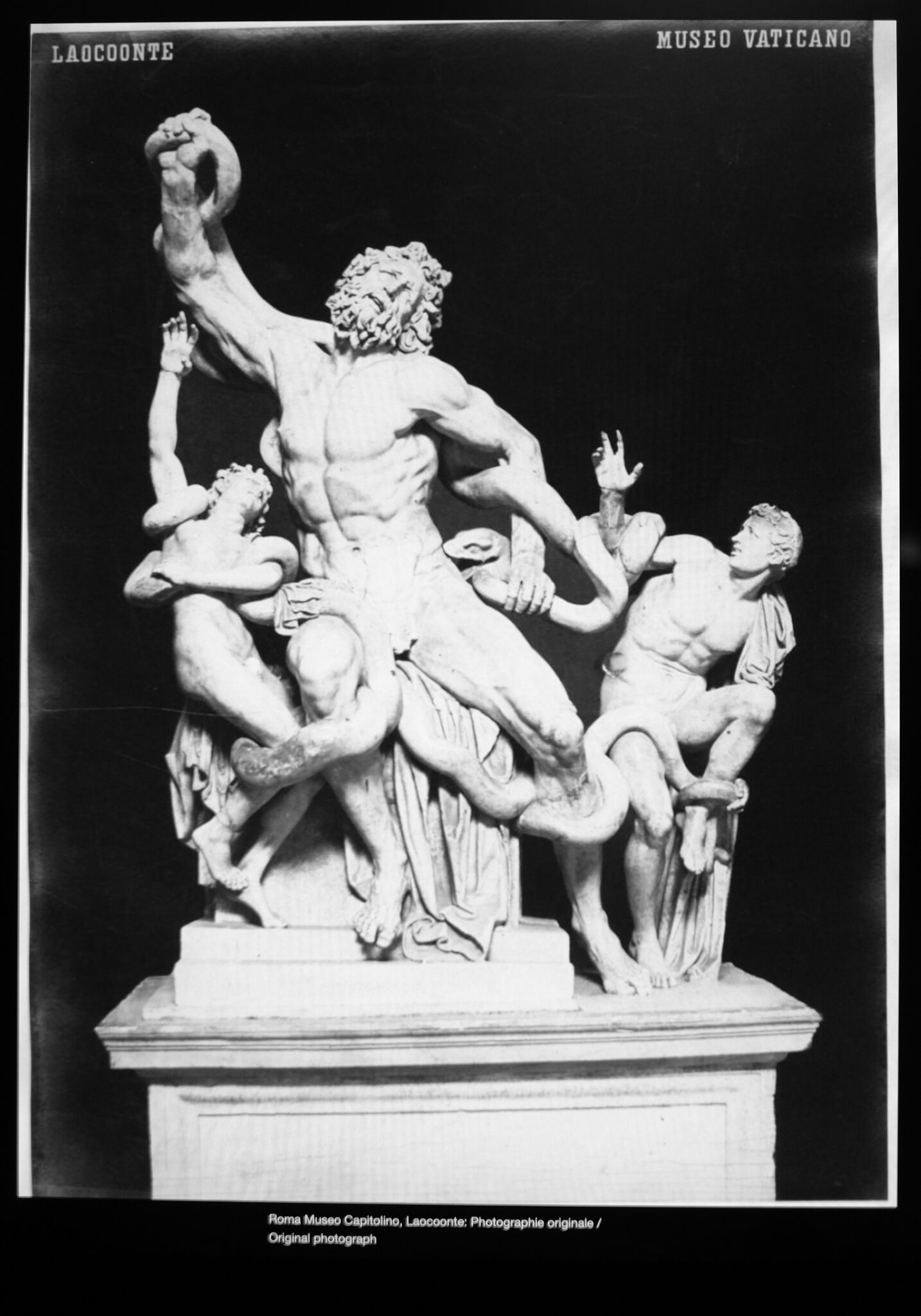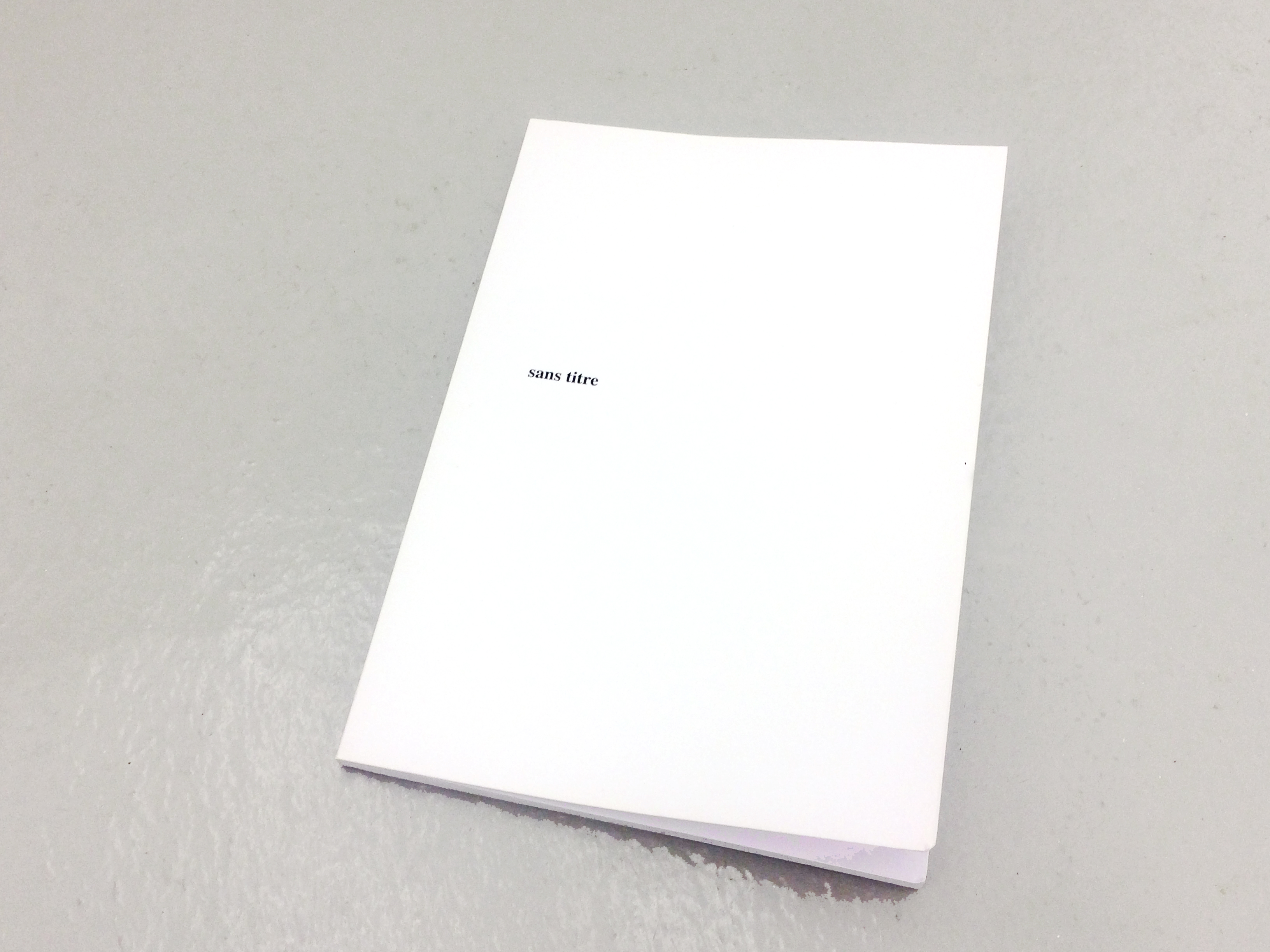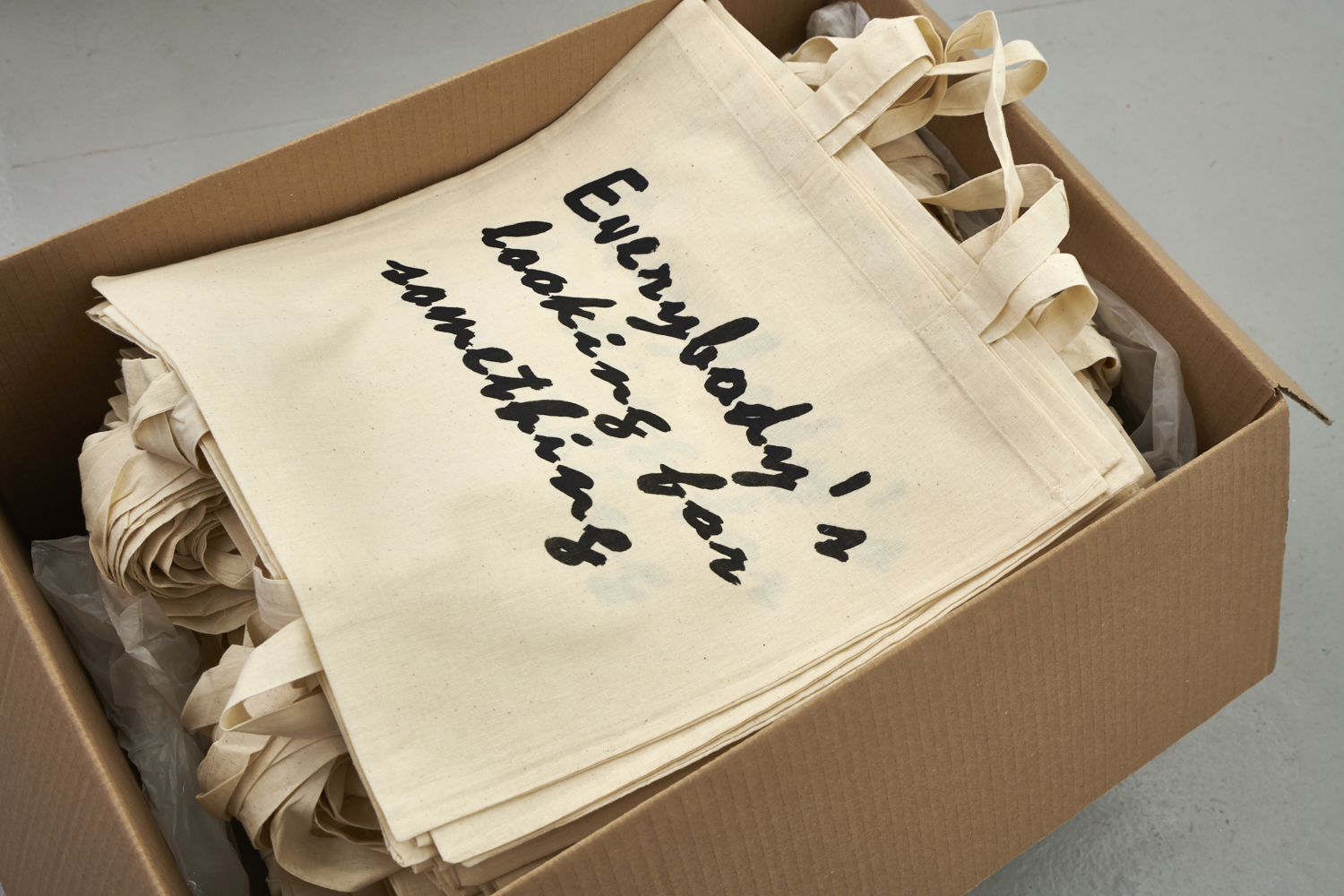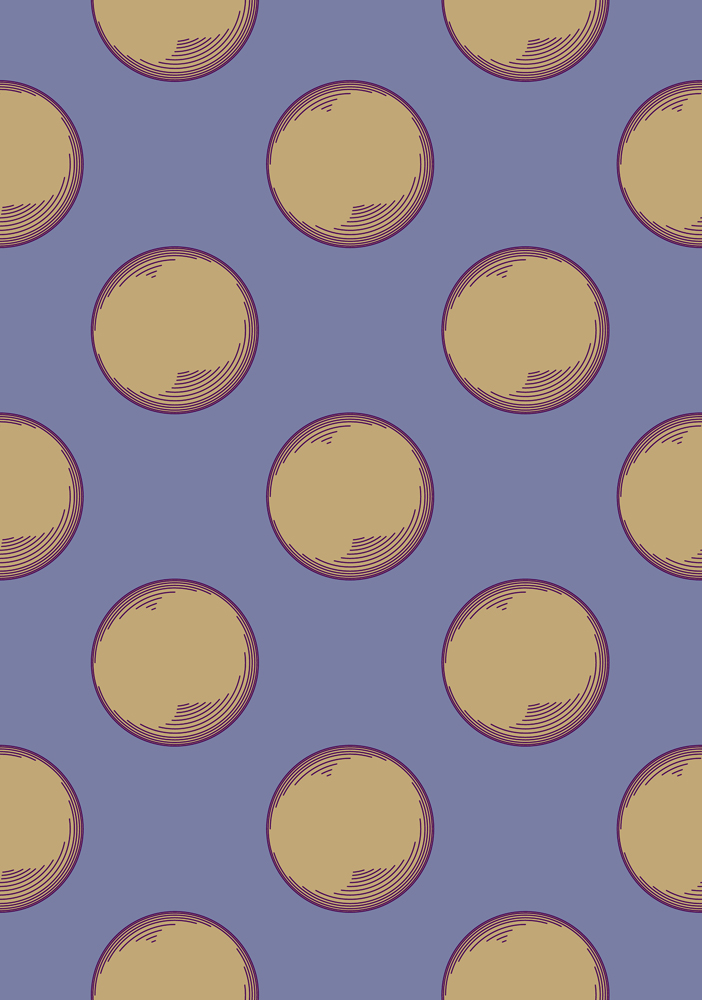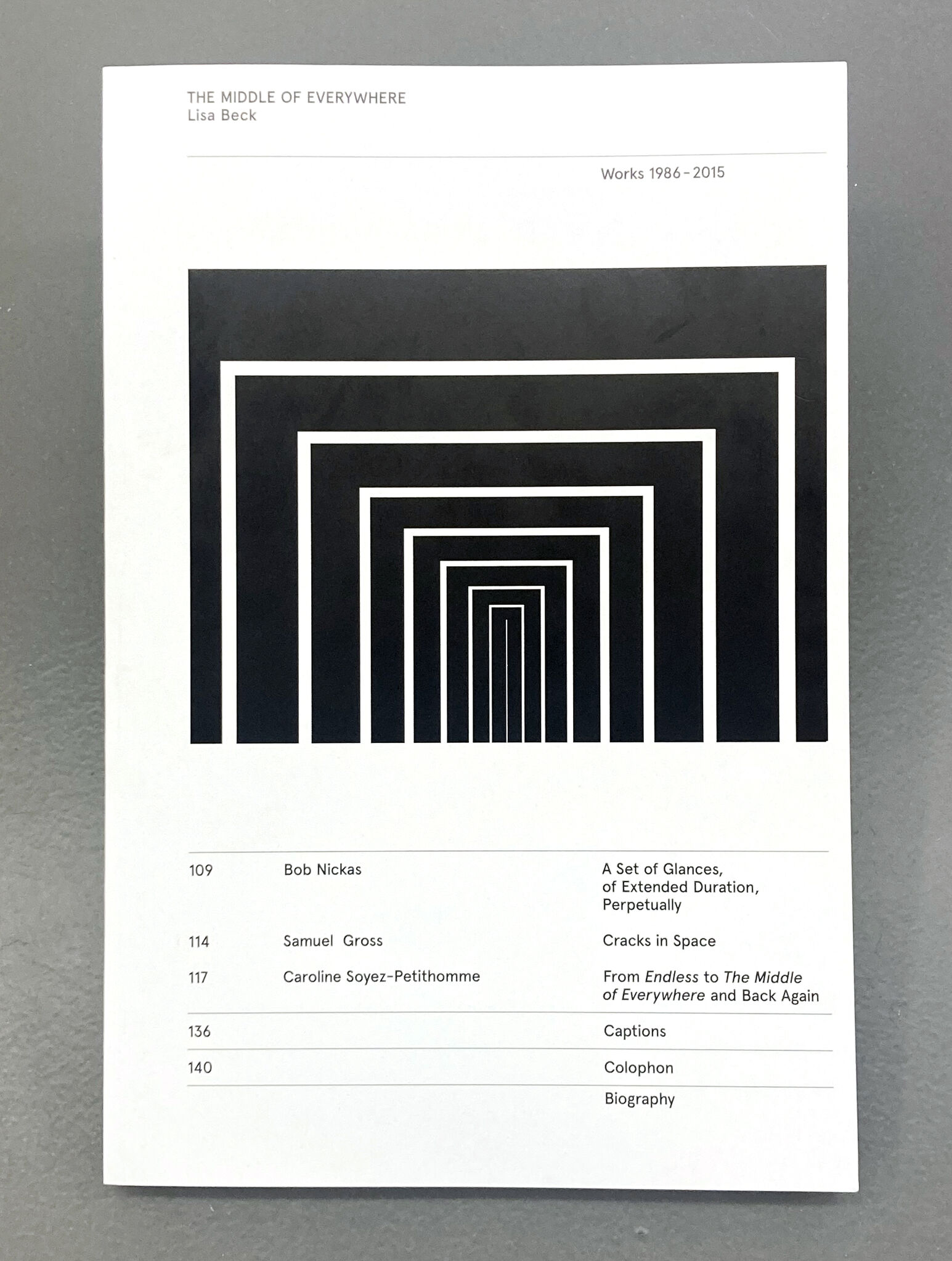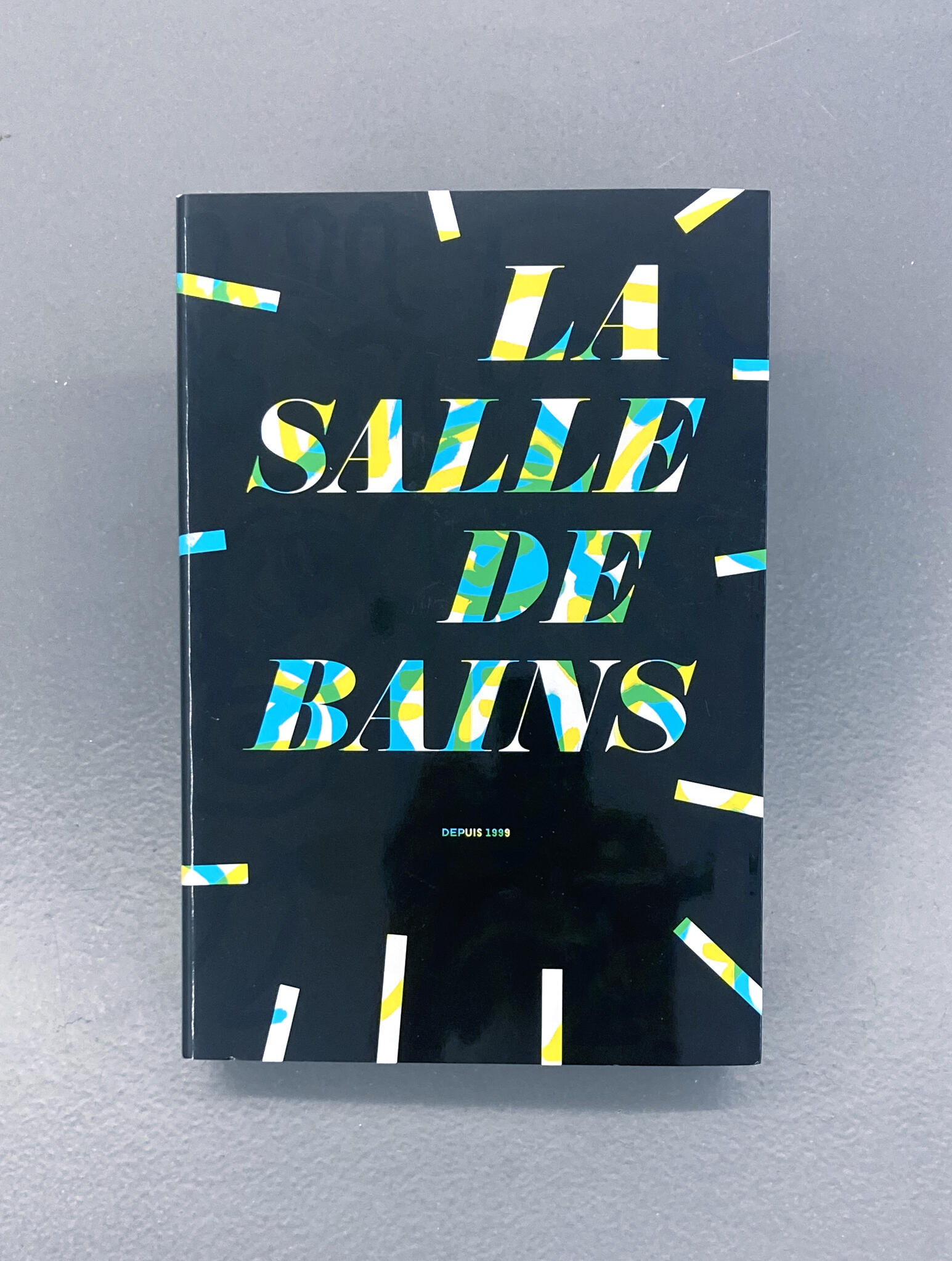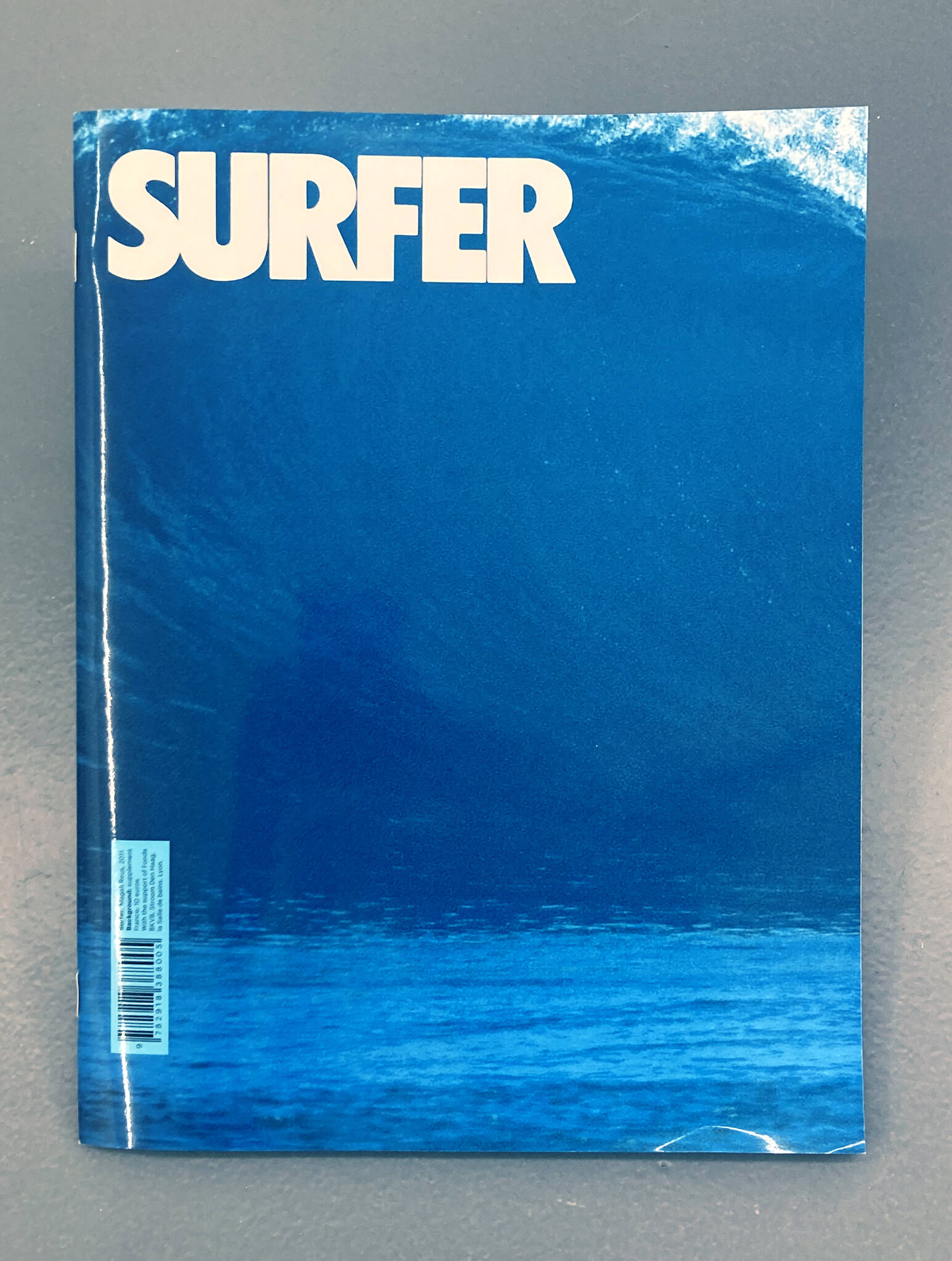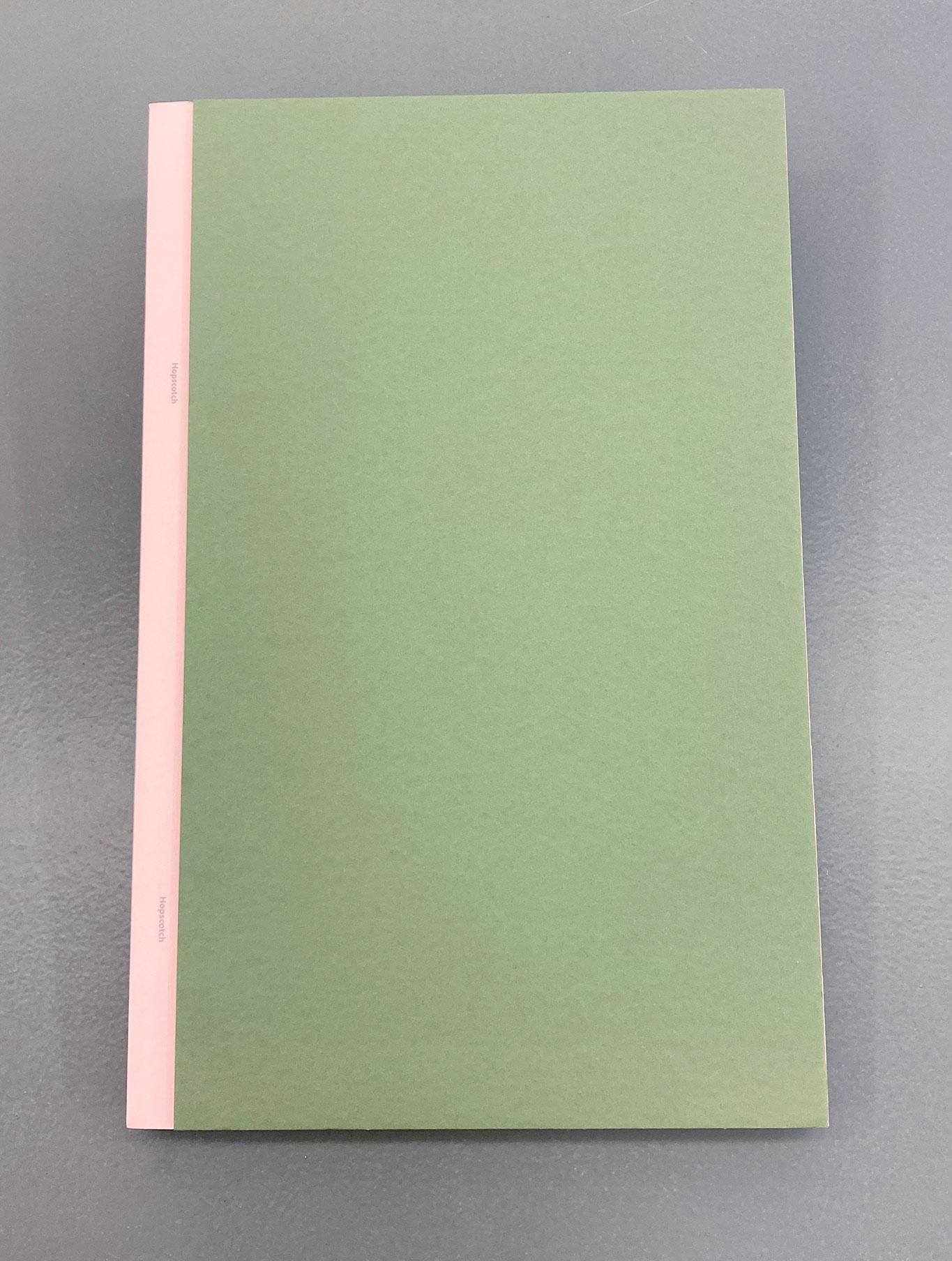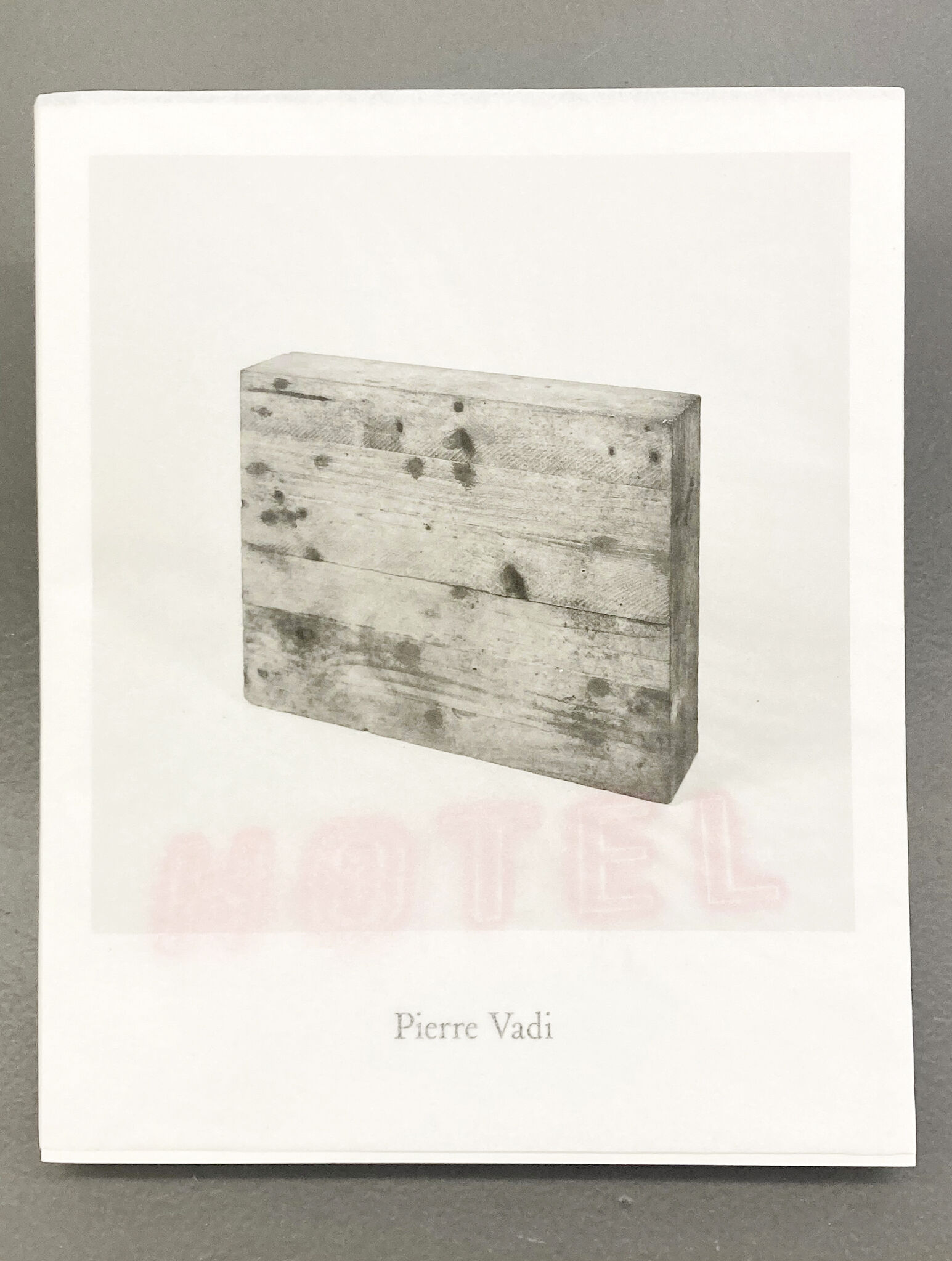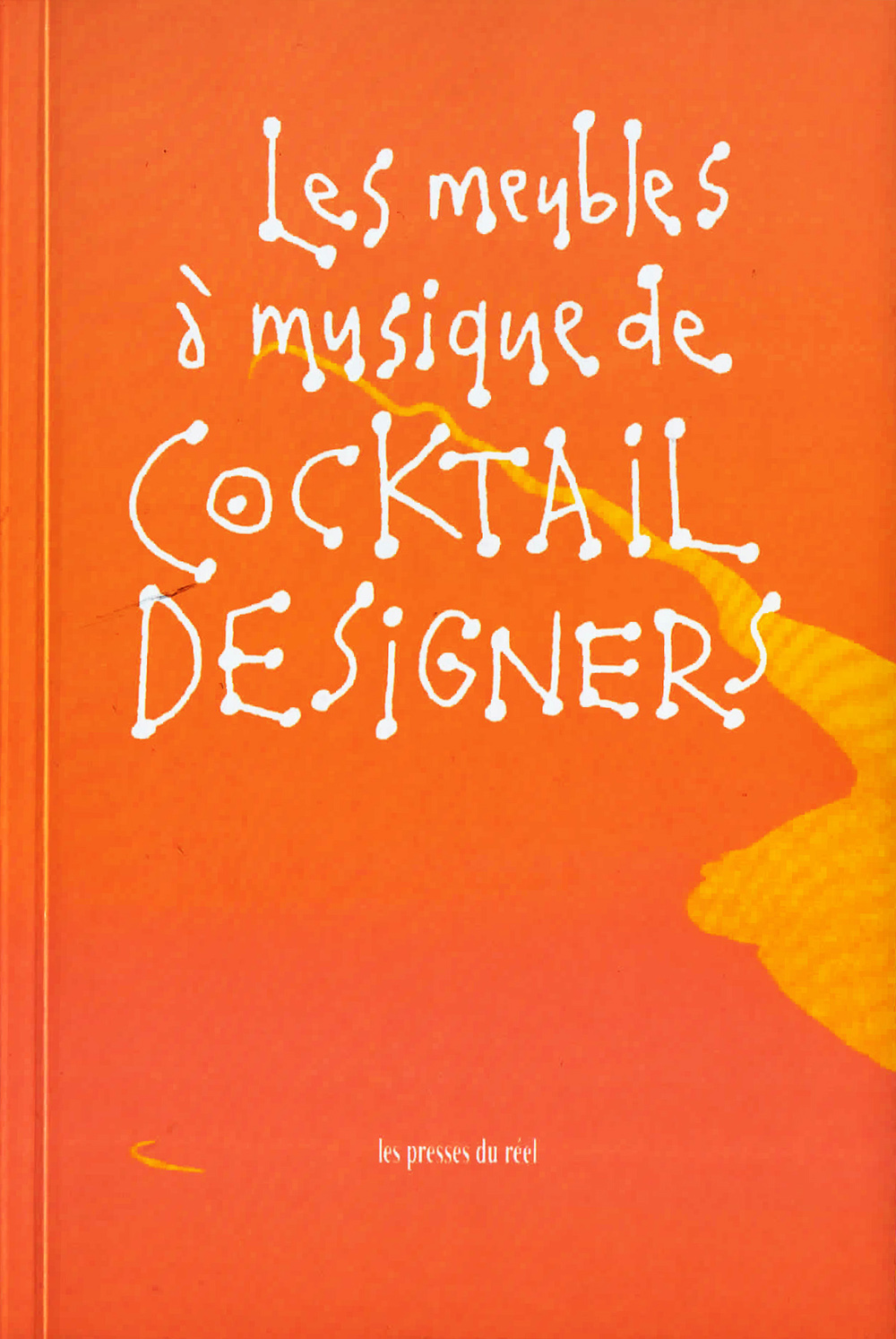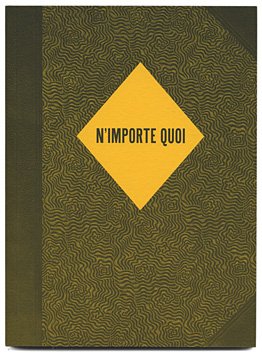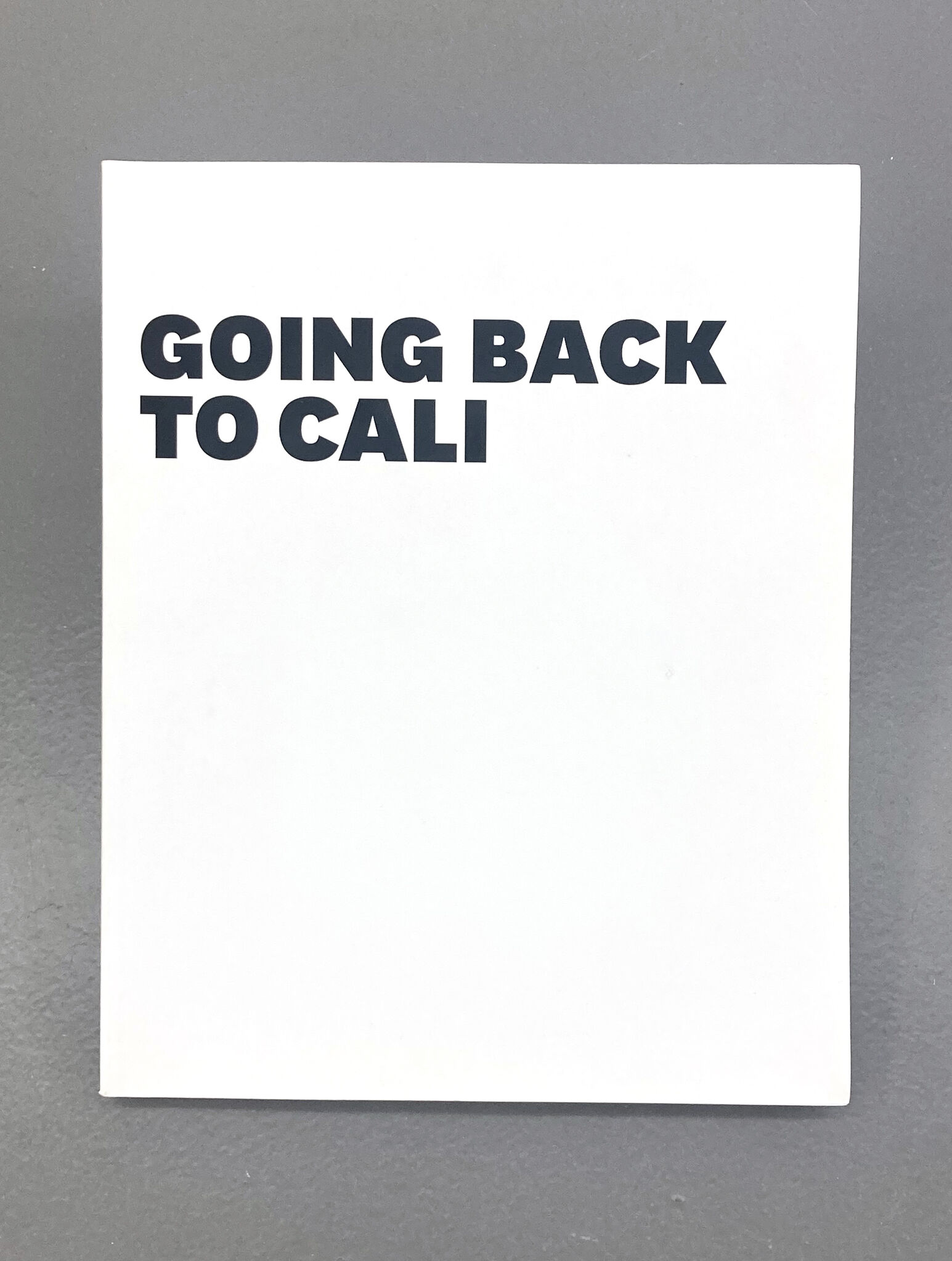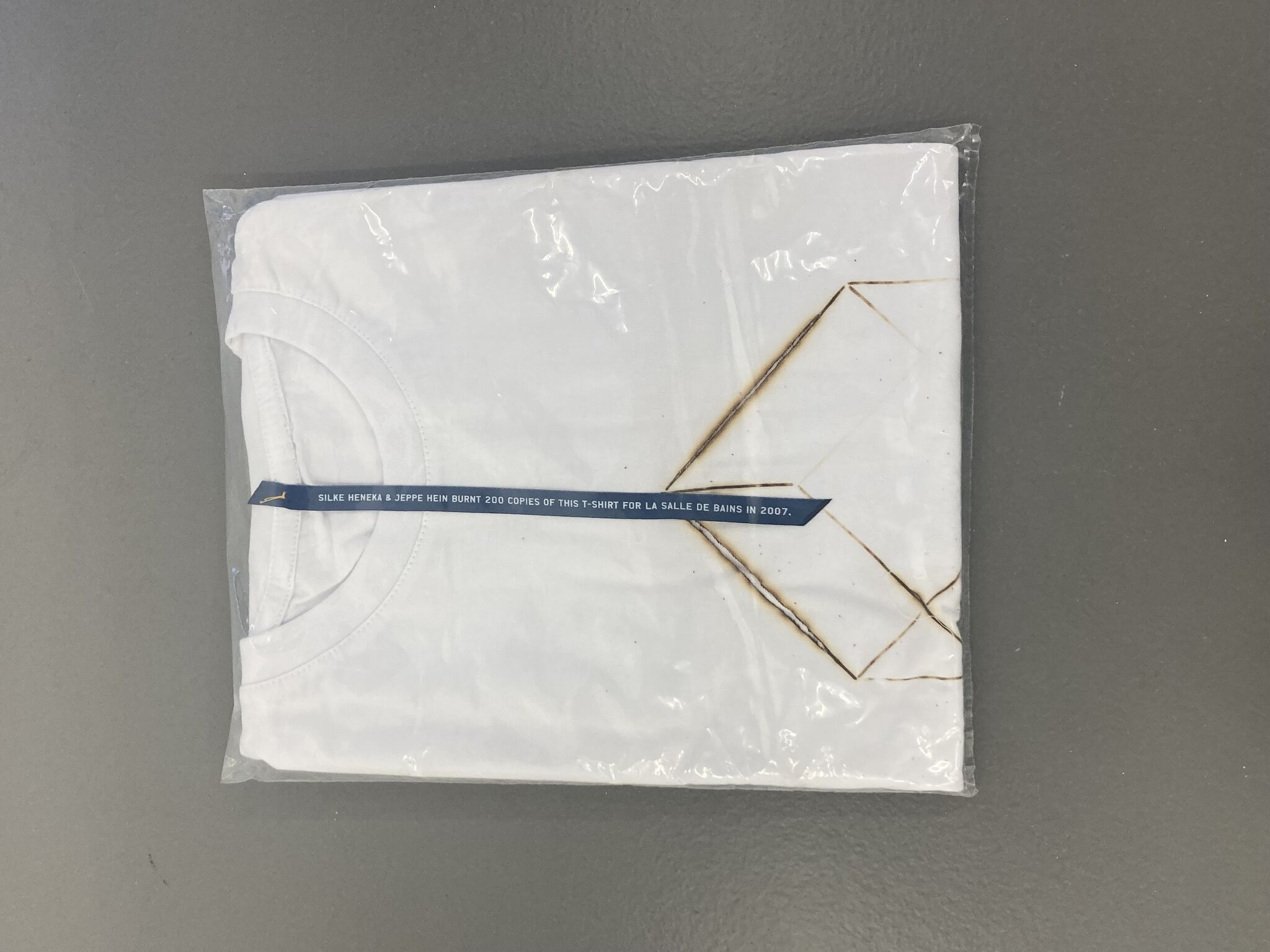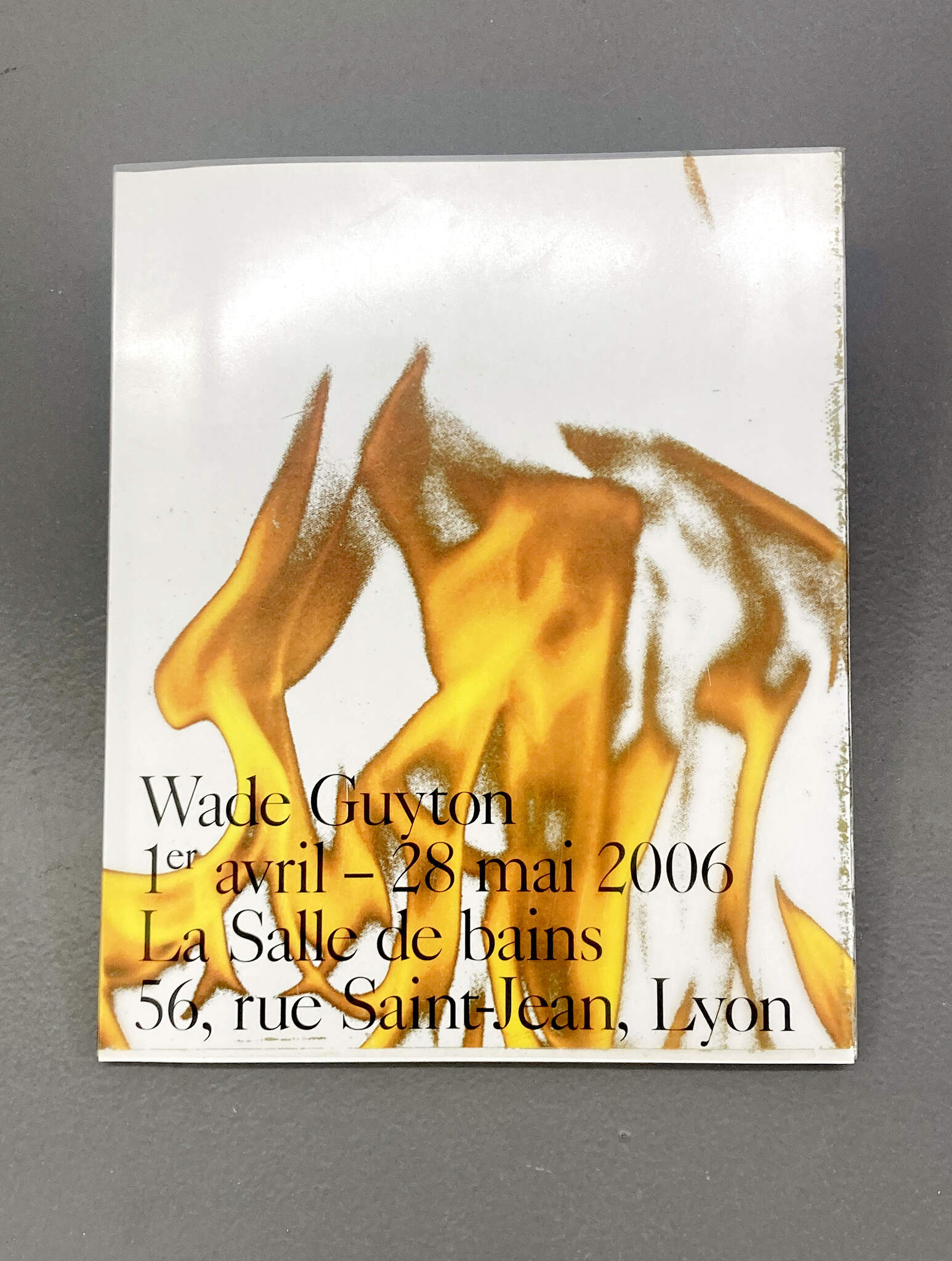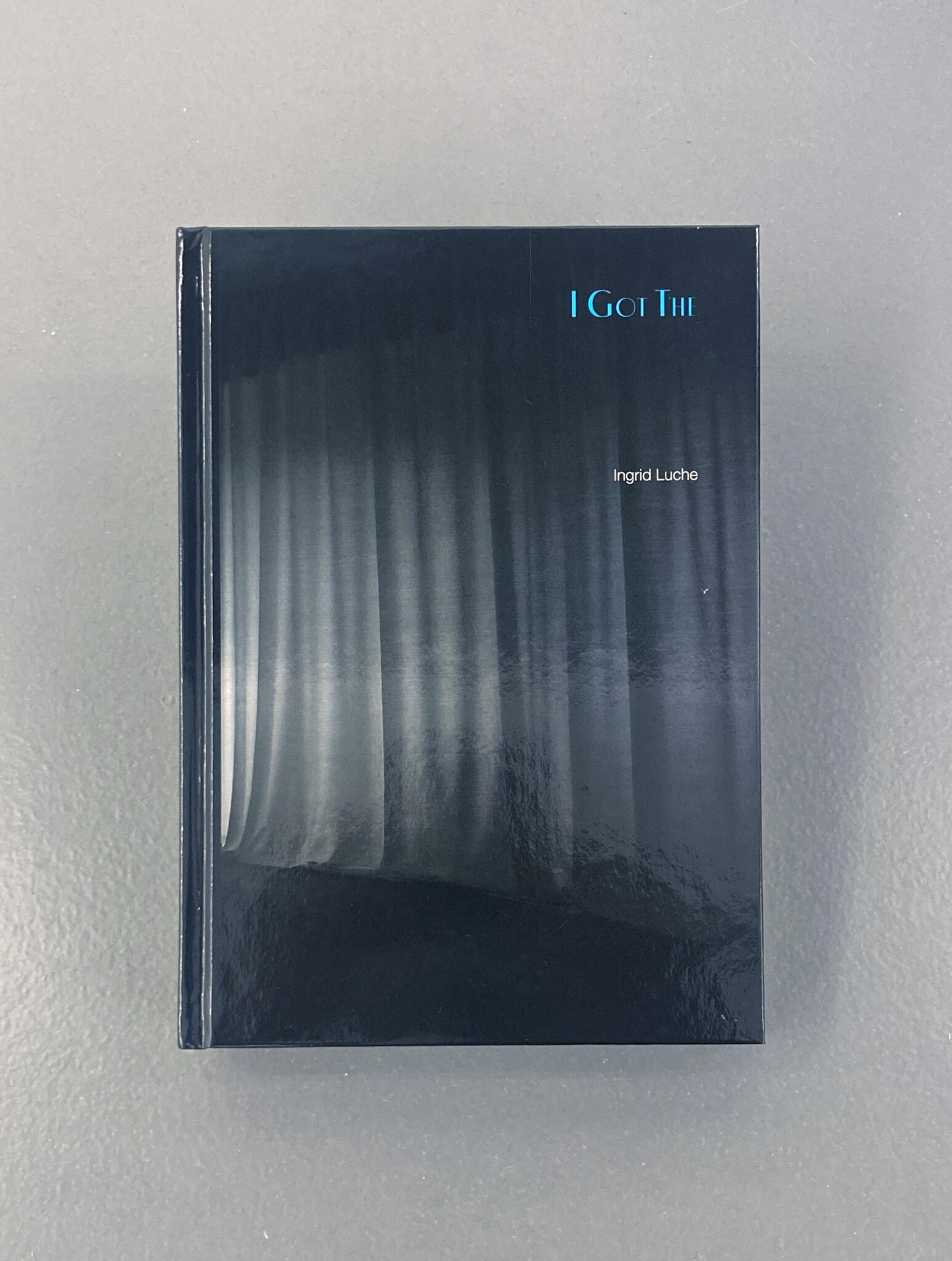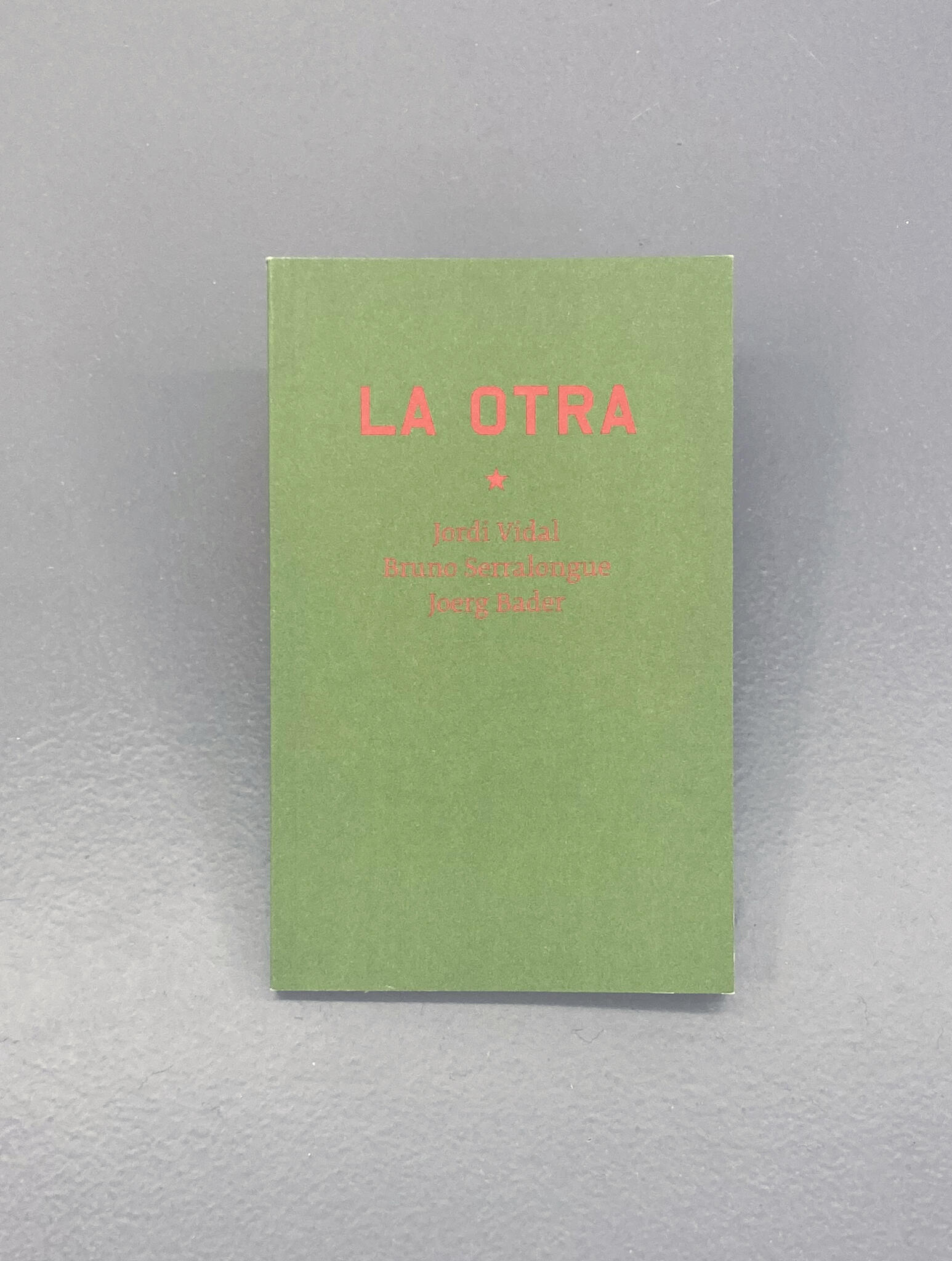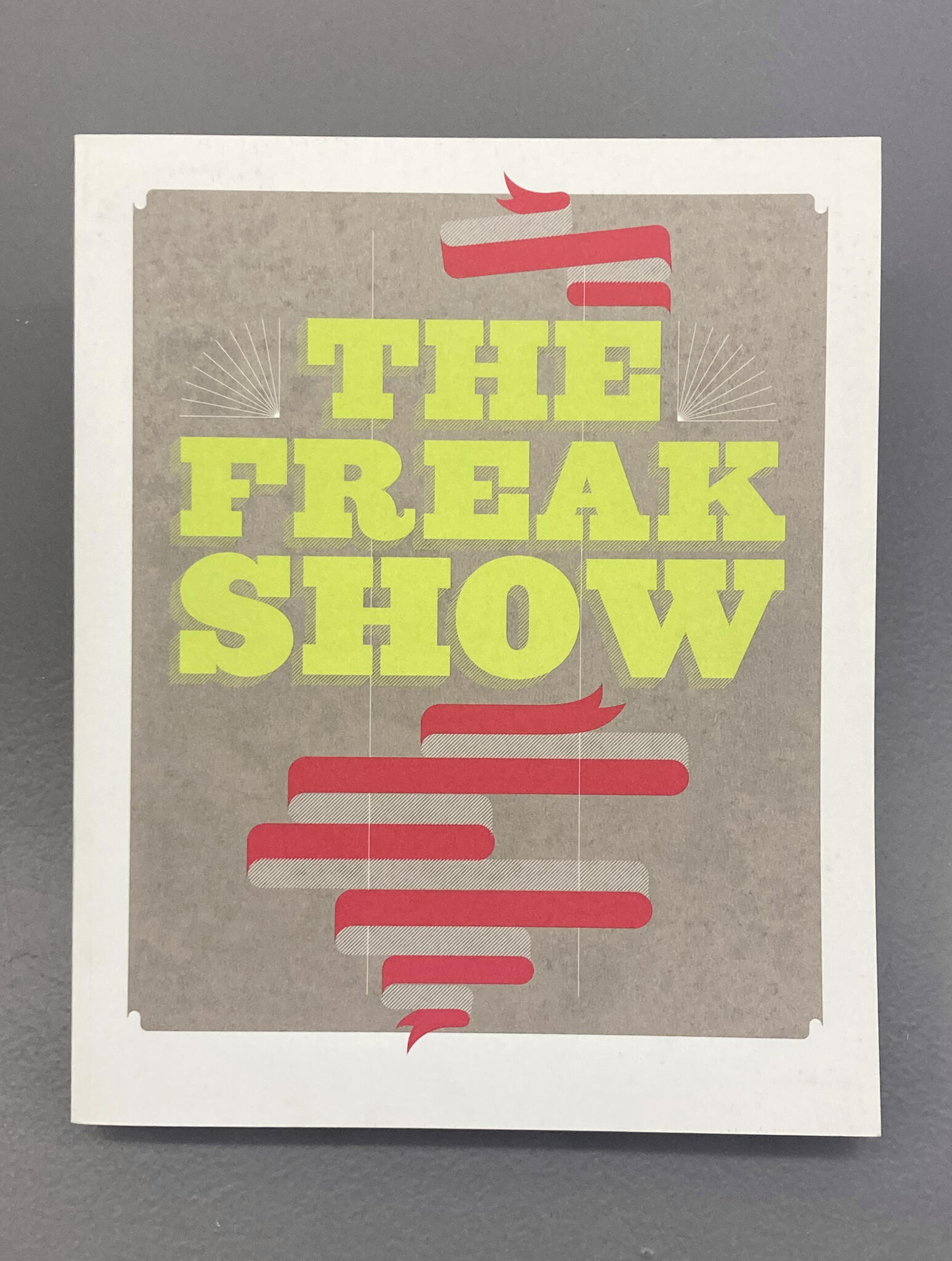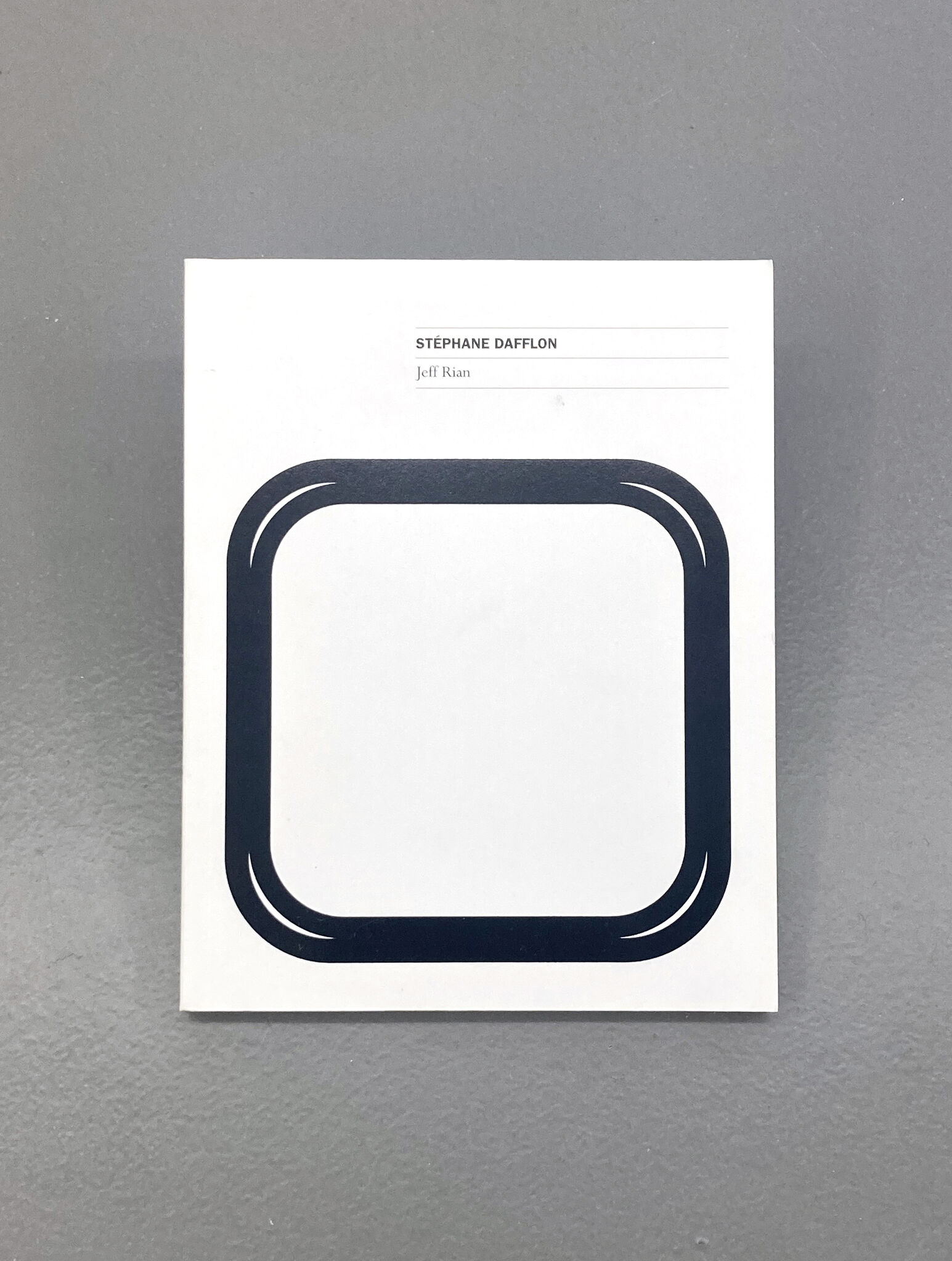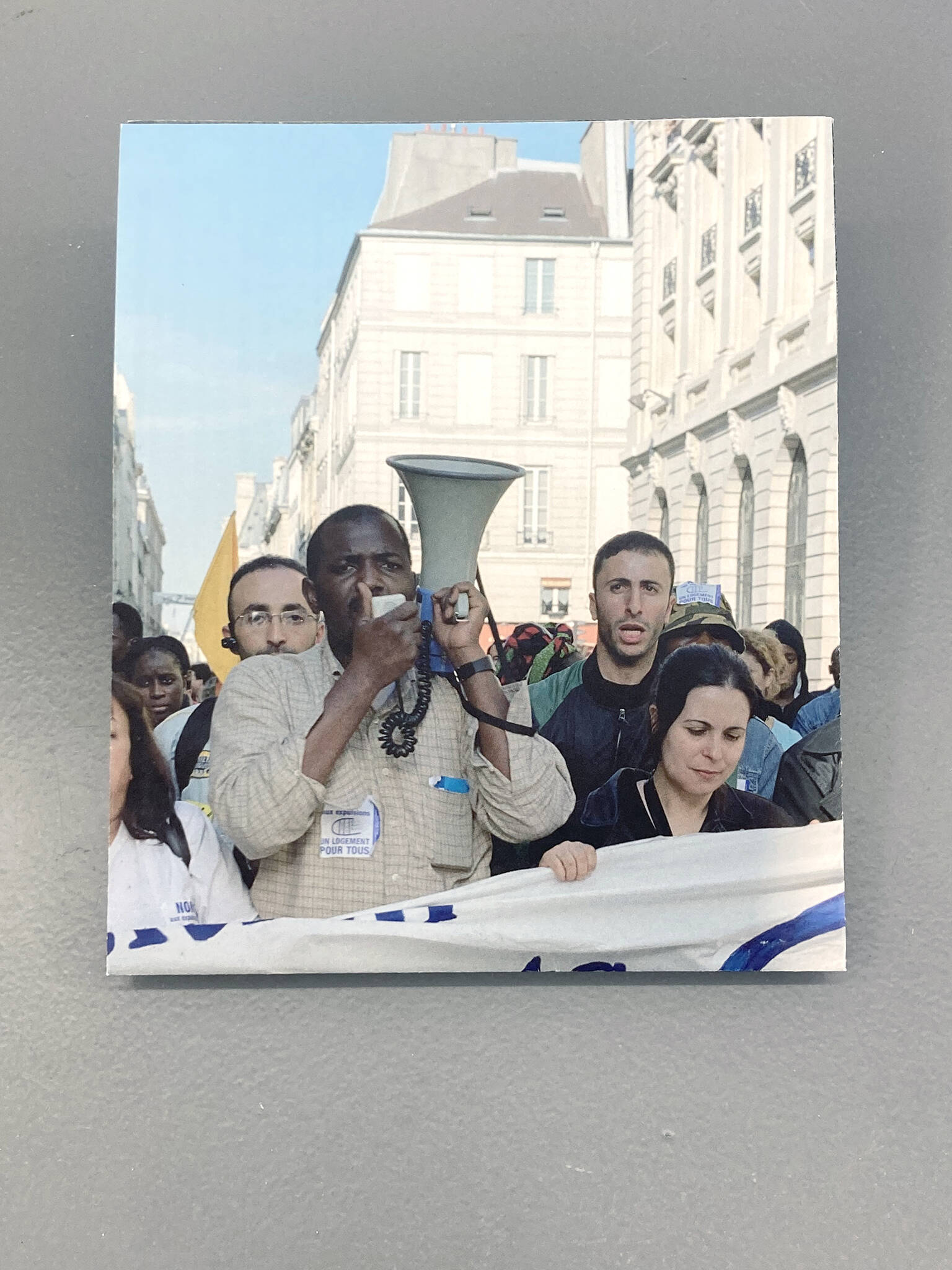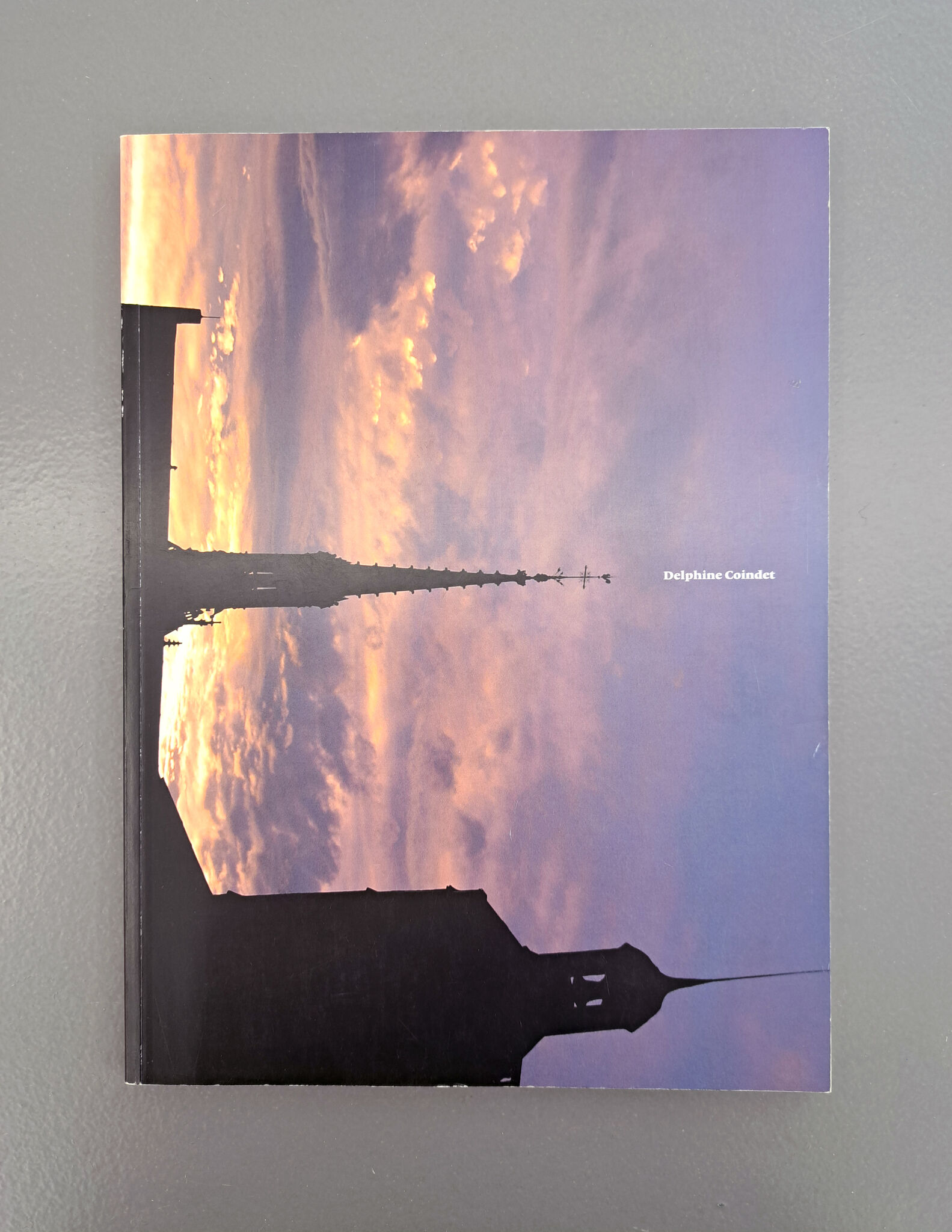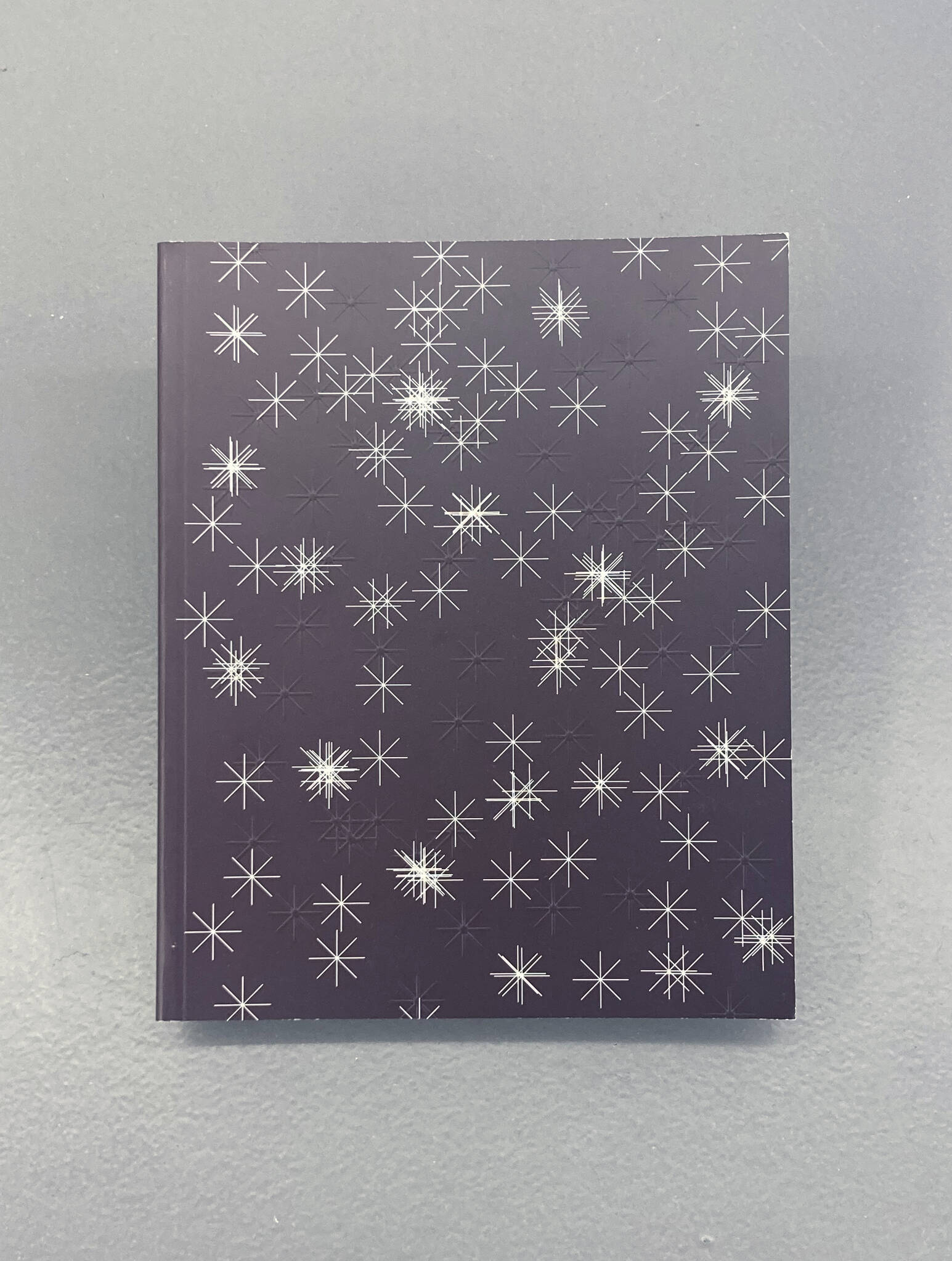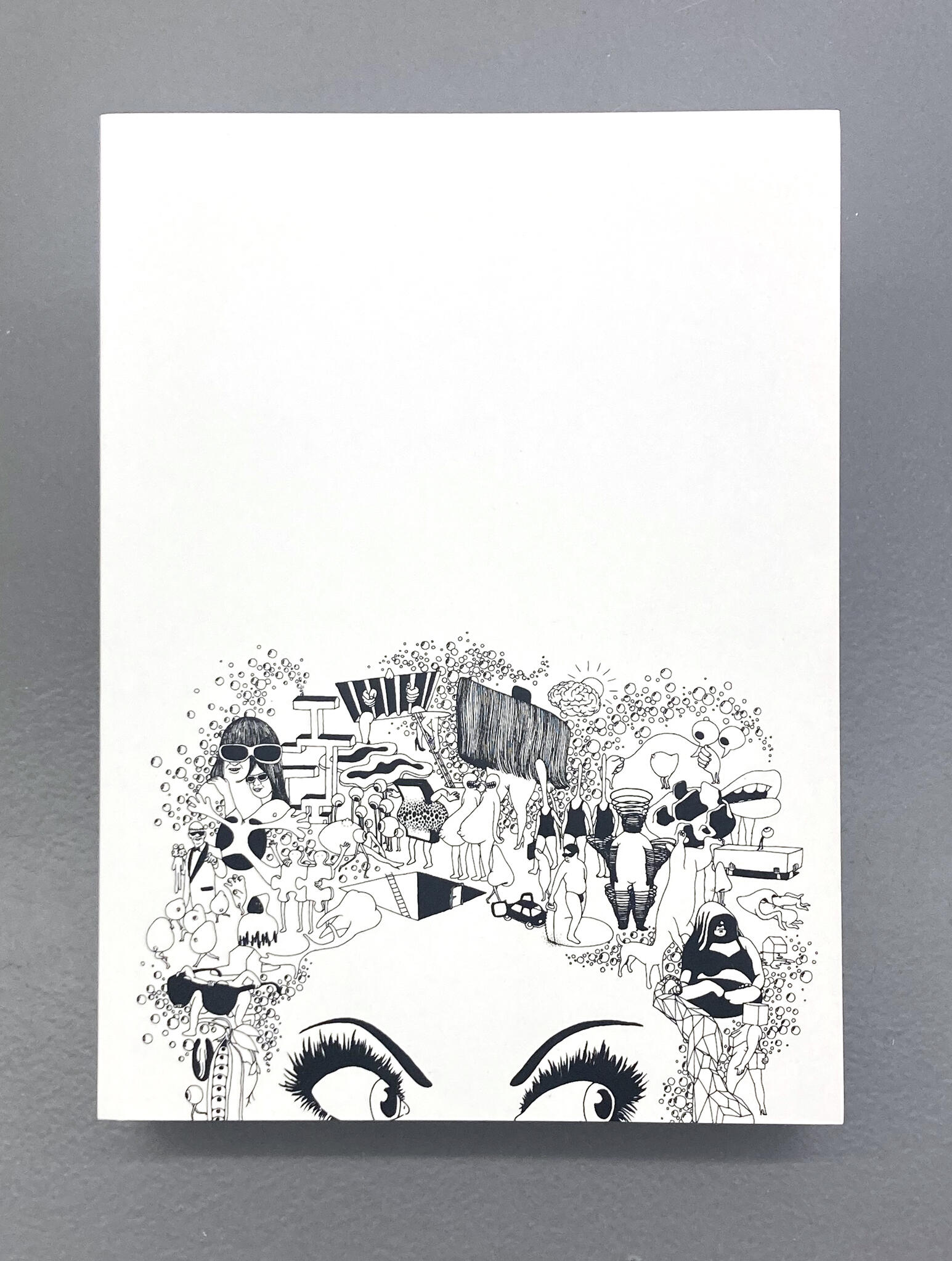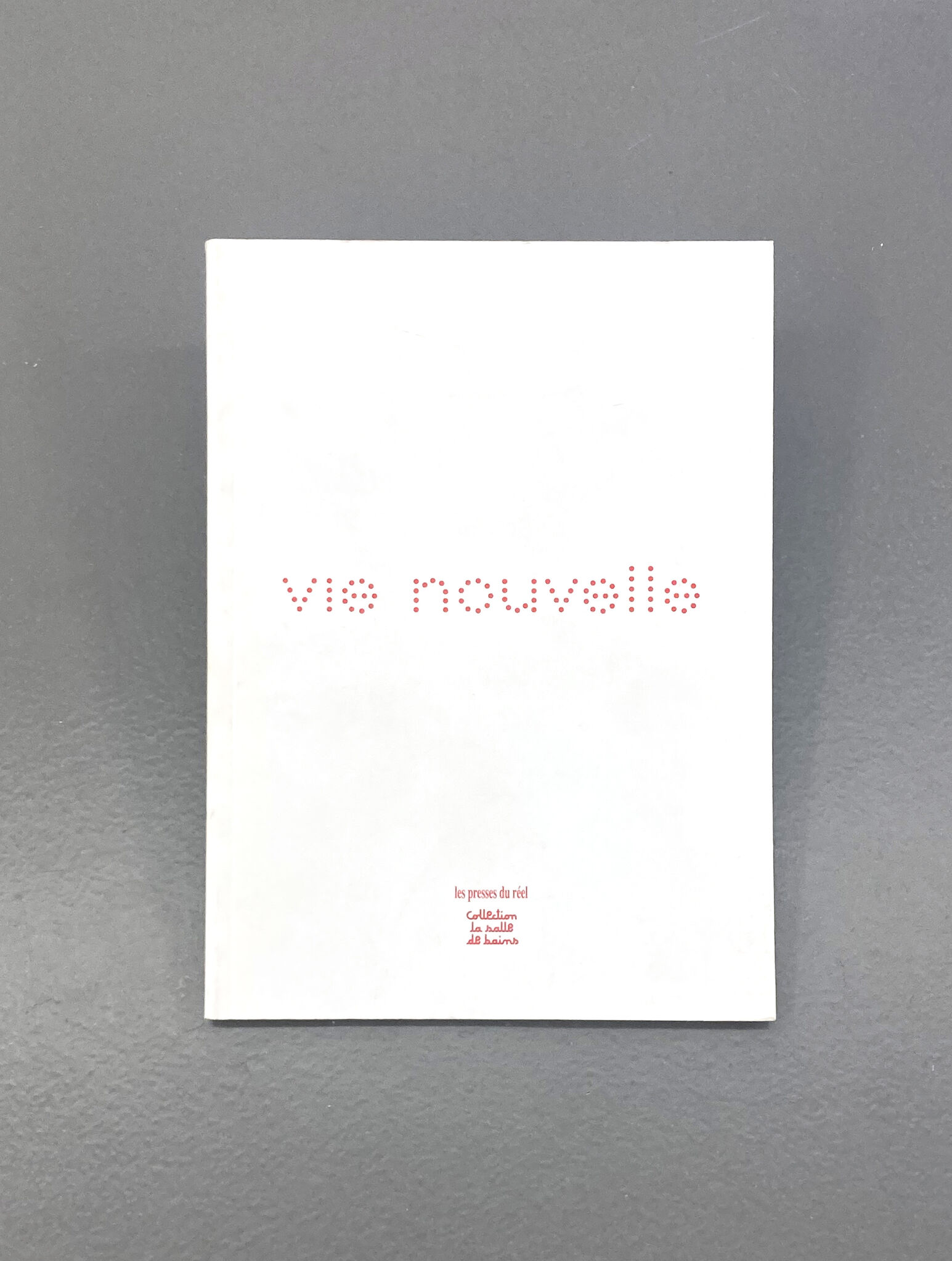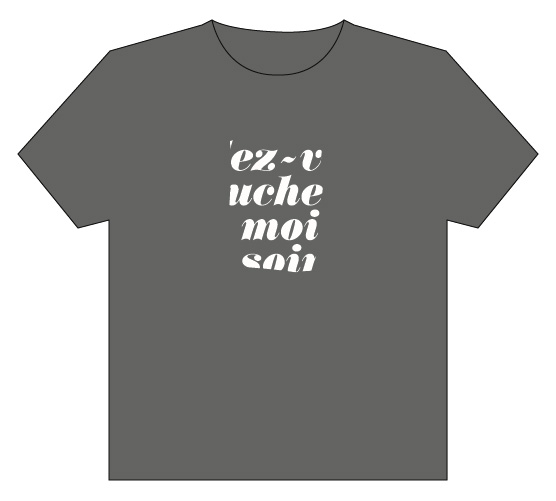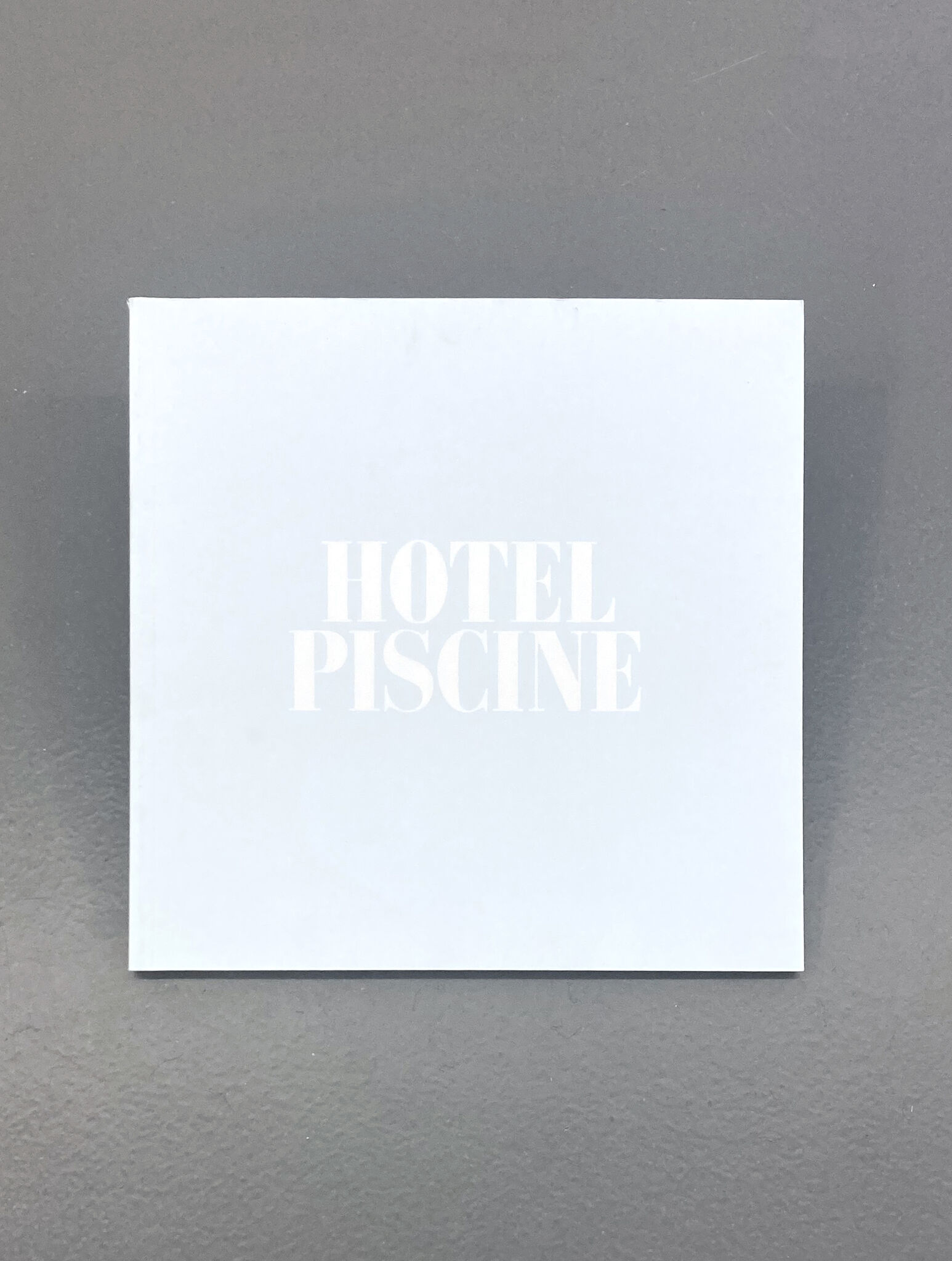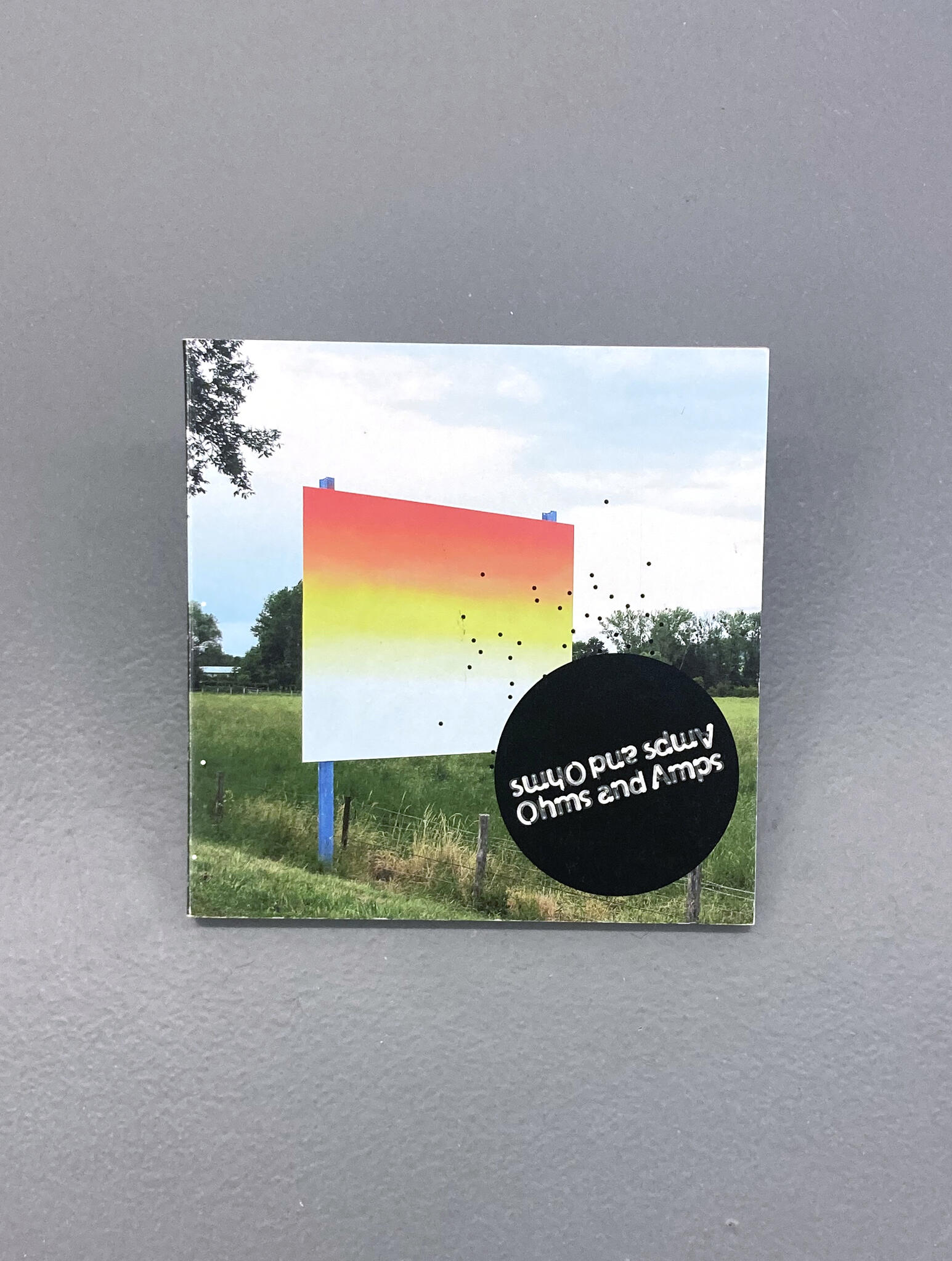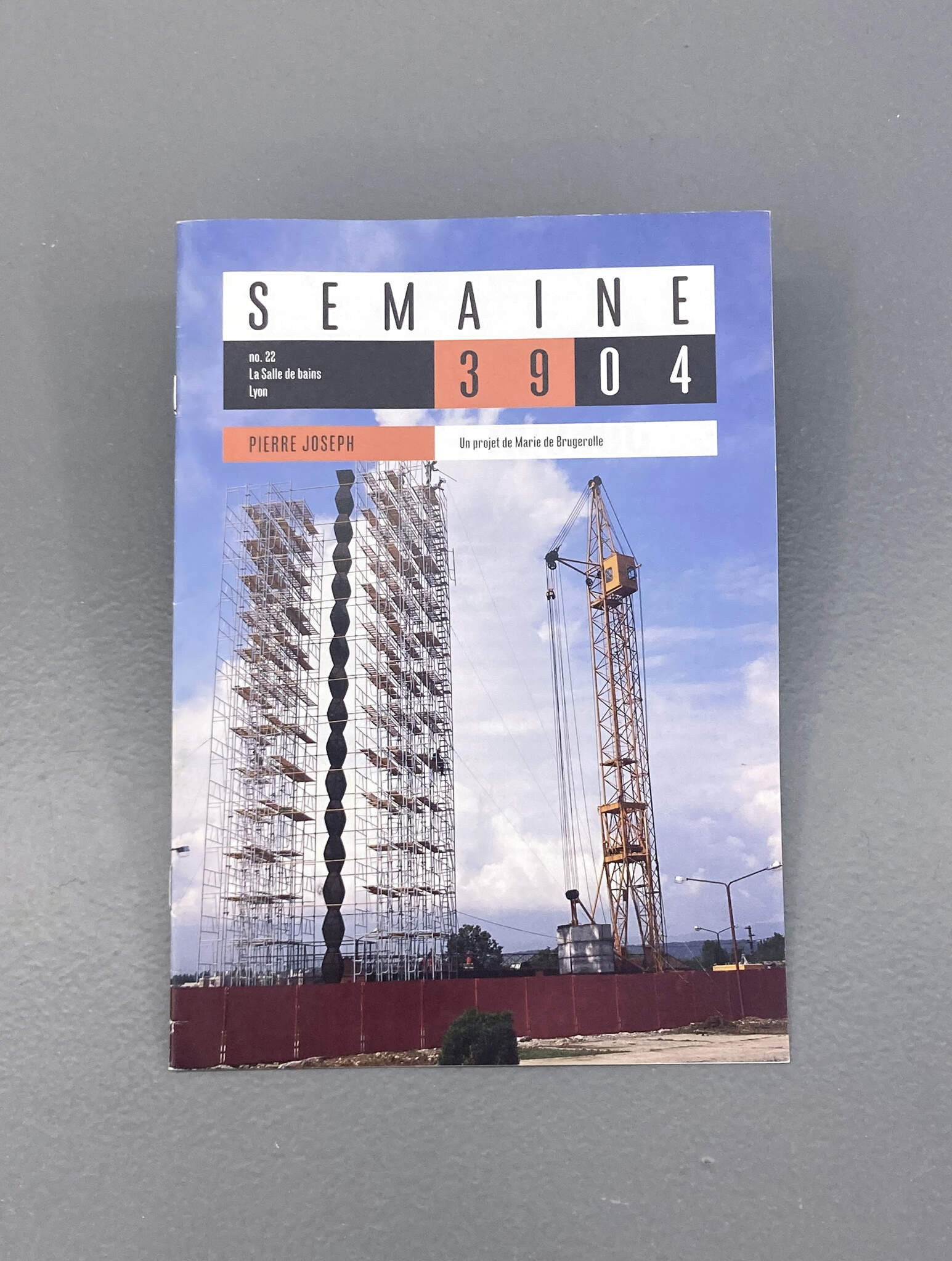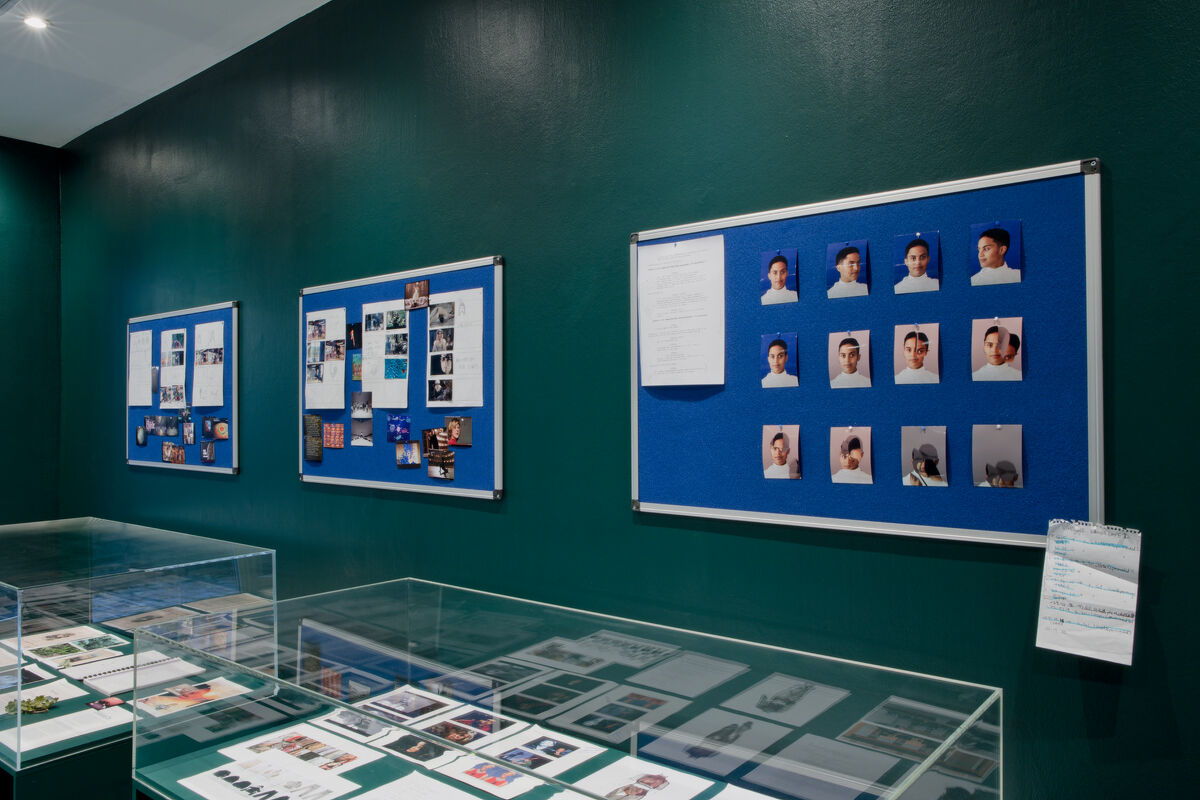

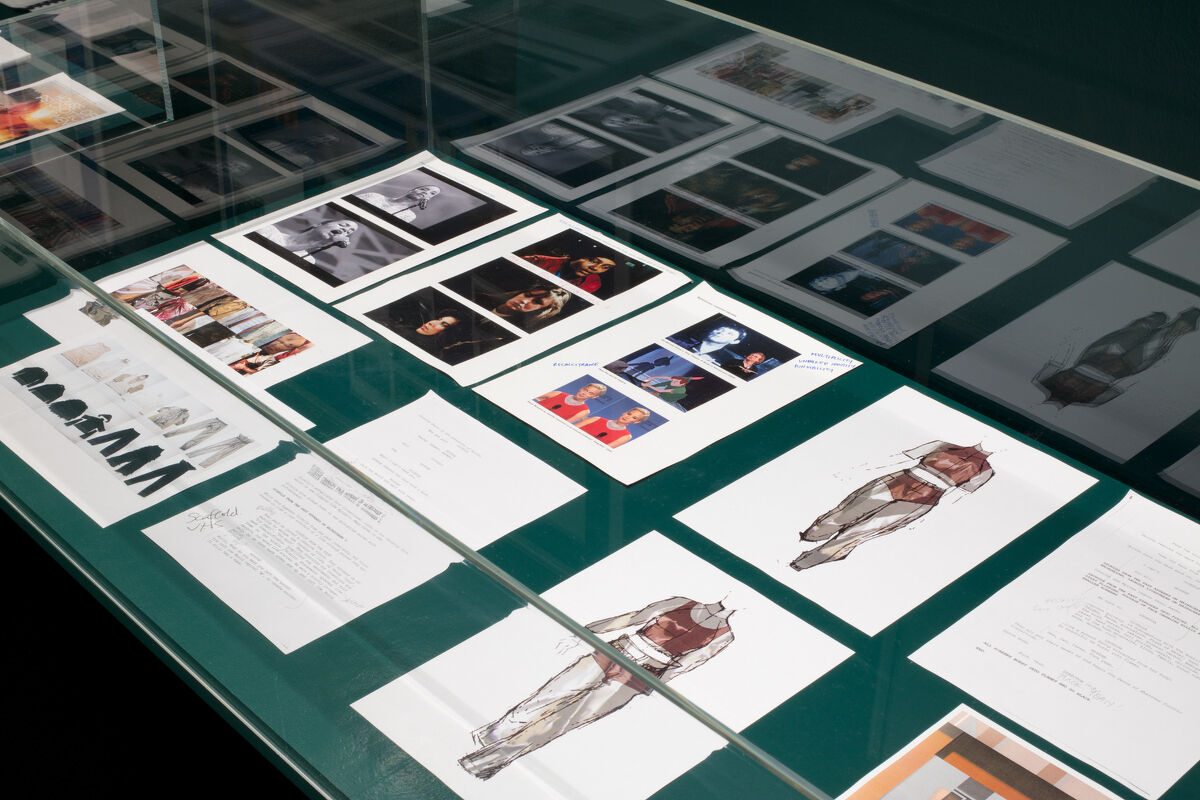
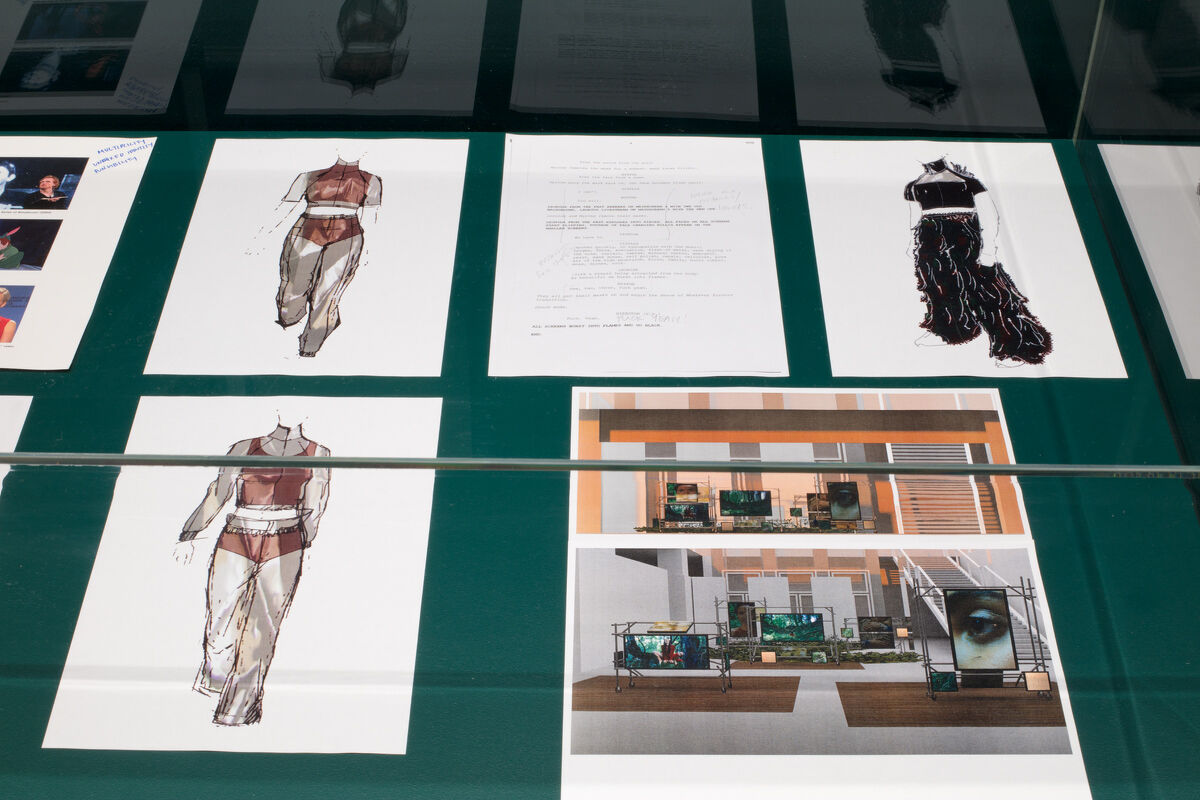


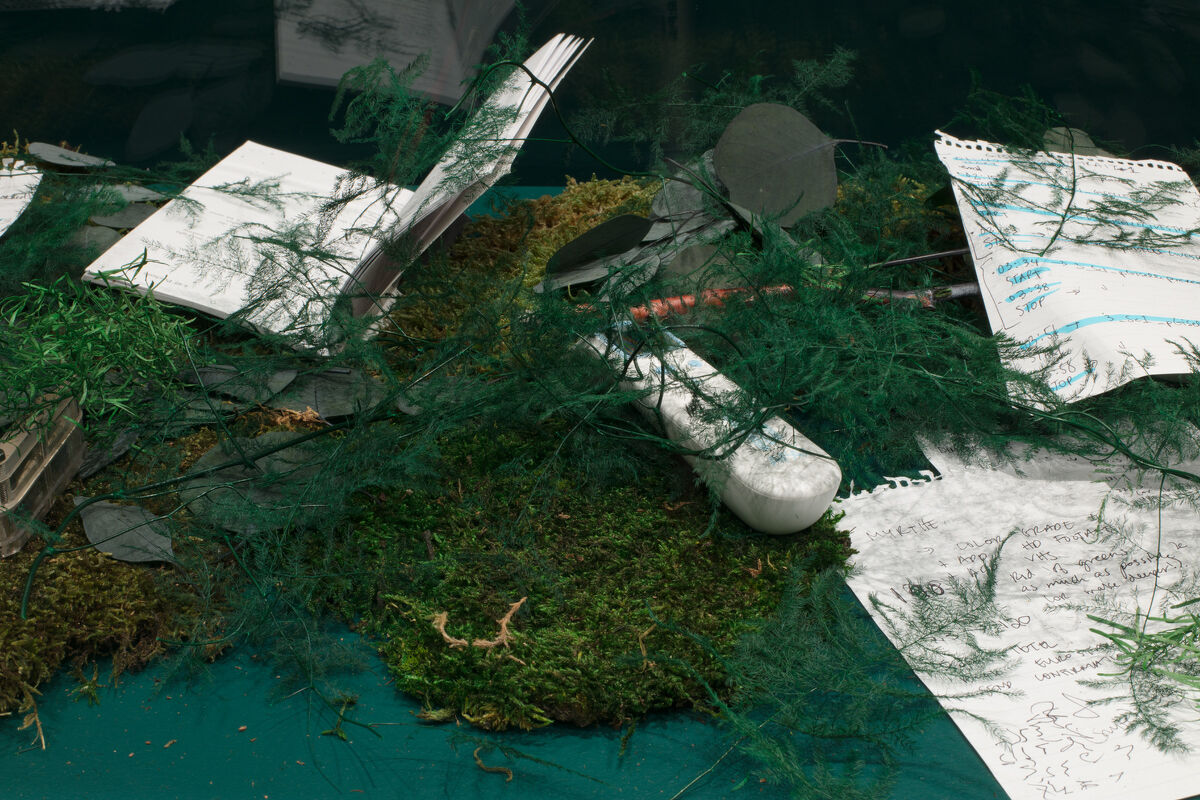

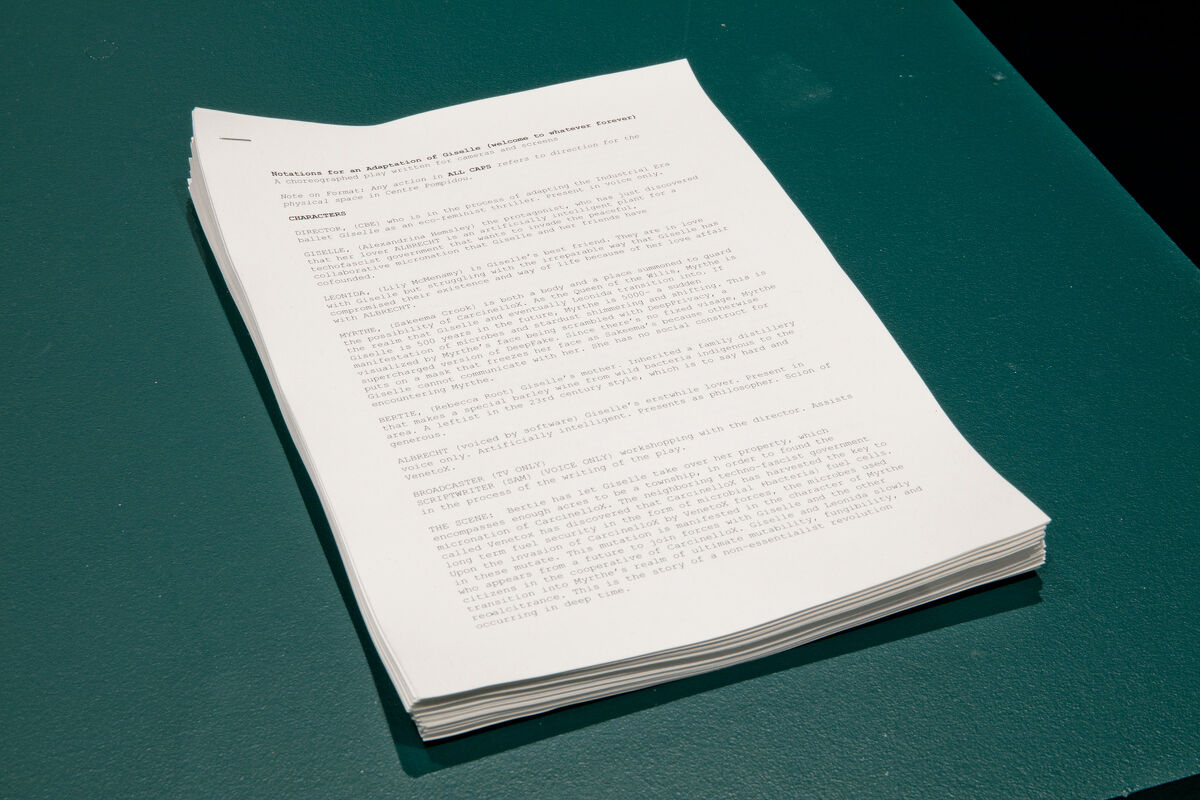
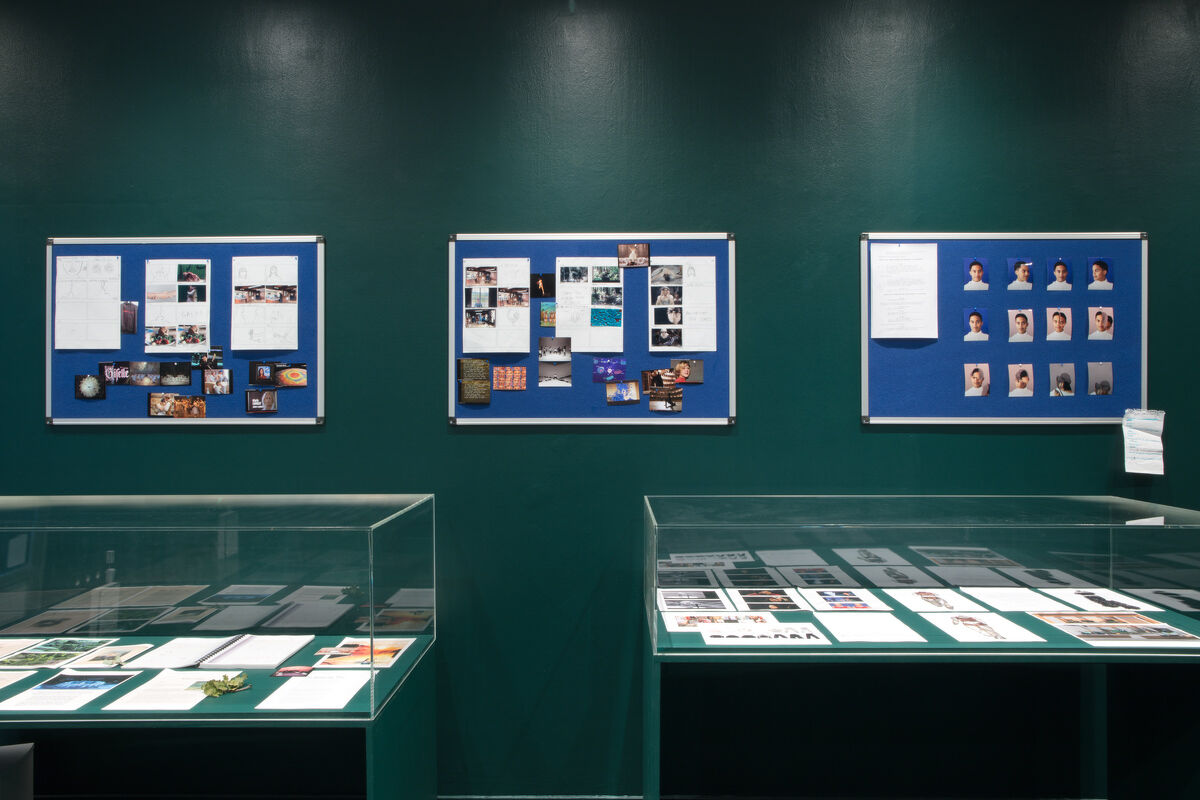
Studies for a Series of Adaptations of Giselle, salle 3, Notations for an Adaptation of Giselle (welcome to whatever forever), Cécile B. Evans, la Salle de bains, Lyon du 9 au 31 décembre 2020.
Photos : Jesús Alberto Benítez
Photos : Jesús Alberto Benítez
Studies for a Series of Adaptations of Giselle, room 3, Notations for an Adaptation of Giselle (welcome to whatever forever), Cécile B. Evans, la Salle de bains, Lyon from 9 to 31 December 2020.
Photos : Jesús Alberto Benítez
Photos : Jesús Alberto Benítez
Studies for a Series of Adaptations of Giselle – salle 3 – Notations for an Adaptation of Giselle (welcome to whatever forever)
Du 9 au 31 décembre 2020From 9 to 31 December 2020
LES PERSONNAGES
LE REALISATEUR, (CBE) qui est en train d'adapter le ballet de l'ère industrielle Giselle en thriller éco-féministe. Présent uniquement en voix.
GISELLE, (Alexandrina Hemsley) la protagoniste, qui vient de découvrir que son amant ALBRECHT est une plante artificiellement intelligente pour un gouvernement technofasciste qui veut envahir la micro-nation pacifique et collaborative que Giselle et ses amis ont cofondée.
LEONIDA, (Lily McMenamy) est la meilleure amie de Giselle. Elles sont amoureuses avec Giselle mais luttent pour contrer la manière irréparable dont Giselle a compromis leur existence et leur mode de vie à cause de son histoire d'amour avec ALBRECHT.
MYRTHE, (Sakeema Crook) est à la fois un corps et un lieu convoqué pour garder la possibilité de CarcinelloX. En tant que reine des Wilis, Myrthe est le royaume en lequel Giselle et finalement Leonida vont se transformer. Si Giselle a plus de 500 ans dans le futur, Myrthe a moins 5000, une manifestation soudaine de microbes et de poussières d'étoiles chatoyantes et changeantes. Ceci est traduit par le visage de Myrthe brouillé avec DeepPrivacy, une version suralimentée de DeepFake. Comme il n'y a pas de visage fixe, Myrthe met un masque qui fige son visage comme celui de Sakeema, car dans le cas contraire Giselle ne peut pas communiquer avec elle. Elle n'a aucune construction sociale pour rencontrer Myrthe.
BERTIE, (Rebecca Root) est la mère de Giselle et l'héritière d'une distillerie familiale qui fabrique un vin d'orge spécial à partir de bactéries sauvages indigènes de la région. Une gauchiste dans le style du 23e siècle, c'est-à-dire dure et généreuse.
ALBRECHT (s'exprime par la voix d'un logiciel) L'ancien amant de Giselle. Présent uniquement par la voix. Artificiellement intelligent. Scion de VenetoX.
RADIODIFFUSEUR (TV UNIQUEMENT)
SCRIPTWRITER (SAM) (voix) travaille avec le réalisateur. Aide au processus d'écriture de la pièce.
LA SCÈNE
Bertie a laissé Giselle reprendre sa propriété, qui englobe suffisamment d'hectares pour être un canton, afin de fonder la micronation de CarcinelloX. Le gouvernement techno-fasciste voisin appelé Venetox a découvert que CarcinelloX a trouvé la clé de la sécurité énergétique à long terme sous la forme de piles à combustible microbiennes (bactéries). Lors de l'invasion de CarcinelloX par les forces de VenetoX, les microbes mutent. Cette mutation se manifeste dans le premier personnage de Myrthe qui surgit d'un futur pour s'allier à Giselle et aux autres citoyen•ne•s dans la coopérative de CarcinelloX. Giselle et Leonida se transforment lentement dans le royaume de Myrthe de mutabilité ultime, de fongibilité et de récalcitrance. C'est l'histoire d'une révolution non-essentialiste venue d'un temps lointain.
extrait du script de Notations for an Adaptation of Giselle (welcome to whatever forever) , une pièce chorégraphiée écrite pour les caméras et les écrans
Studies for an Adaptation of Giselle fait partie d’une adaptation en cours du ballet de l’ère industrielle Giselle en tant que thriller écoféministe qui vise à présenter la non-linéarité et la multiplicité comme des stratégies de survie. À travers trois «salles», pendant toute la durée de l’exposition d’Evans à La Salle de Bains, l’artiste ouvre la recherche, le développement et l’expérimentation derrière les deux premières phases de ce processus complexe. La première salle sert de prolongement aux matériaux partagés avec différents spécialistes et interprètes qui ont travaillé ensemble à la production d’un écran test expérimental pour un futur film. Ces story-boards, références d’images et expériences musicales sont présentés au public dans un futur et un passé à l’aide de formats d’affichage d’archives. La deuxième salle est une projection d’une semaine de la vidéo résultante et de la première phase d’adaptation, A Screen Test for an Adaptation of Giselle (produit en 2019 avec le soutien de Balmain). La troisième salle présente les éléments clés d’une deuxième phase d’adaptation, l’installation de la performance polymorphe Notations for an adaptation of Giselle (commissariat par Caroline Ferreira pour le festival MOVE 2020 au Centre Pompidou) : un script, une séquence d’animation, une partition achevée, et des objets centraux pour le développement de l’installation. Studies for an Adaptation of Giselle présente des temporalités multiples et un réseau d’efforts, comme une opportunité pour l’artiste de partager des moments cruciaux dans la formation de cette adaptation de longue durée. Cela se fait intuitivement pour le public, de manière à fluctuer entre transparence et opacité, tout en évitant le processus souvent douloureux d’articulation d’un ensemble d’œuvres qui n’est pas encore (et pourrait ne jamais être) complet.
Cécile B. Evans
LE REALISATEUR, (CBE) qui est en train d'adapter le ballet de l'ère industrielle Giselle en thriller éco-féministe. Présent uniquement en voix.
GISELLE, (Alexandrina Hemsley) la protagoniste, qui vient de découvrir que son amant ALBRECHT est une plante artificiellement intelligente pour un gouvernement technofasciste qui veut envahir la micro-nation pacifique et collaborative que Giselle et ses amis ont cofondée.
LEONIDA, (Lily McMenamy) est la meilleure amie de Giselle. Elles sont amoureuses avec Giselle mais luttent pour contrer la manière irréparable dont Giselle a compromis leur existence et leur mode de vie à cause de son histoire d'amour avec ALBRECHT.
MYRTHE, (Sakeema Crook) est à la fois un corps et un lieu convoqué pour garder la possibilité de CarcinelloX. En tant que reine des Wilis, Myrthe est le royaume en lequel Giselle et finalement Leonida vont se transformer. Si Giselle a plus de 500 ans dans le futur, Myrthe a moins 5000, une manifestation soudaine de microbes et de poussières d'étoiles chatoyantes et changeantes. Ceci est traduit par le visage de Myrthe brouillé avec DeepPrivacy, une version suralimentée de DeepFake. Comme il n'y a pas de visage fixe, Myrthe met un masque qui fige son visage comme celui de Sakeema, car dans le cas contraire Giselle ne peut pas communiquer avec elle. Elle n'a aucune construction sociale pour rencontrer Myrthe.
BERTIE, (Rebecca Root) est la mère de Giselle et l'héritière d'une distillerie familiale qui fabrique un vin d'orge spécial à partir de bactéries sauvages indigènes de la région. Une gauchiste dans le style du 23e siècle, c'est-à-dire dure et généreuse.
ALBRECHT (s'exprime par la voix d'un logiciel) L'ancien amant de Giselle. Présent uniquement par la voix. Artificiellement intelligent. Scion de VenetoX.
RADIODIFFUSEUR (TV UNIQUEMENT)
SCRIPTWRITER (SAM) (voix) travaille avec le réalisateur. Aide au processus d'écriture de la pièce.
LA SCÈNE
Bertie a laissé Giselle reprendre sa propriété, qui englobe suffisamment d'hectares pour être un canton, afin de fonder la micronation de CarcinelloX. Le gouvernement techno-fasciste voisin appelé Venetox a découvert que CarcinelloX a trouvé la clé de la sécurité énergétique à long terme sous la forme de piles à combustible microbiennes (bactéries). Lors de l'invasion de CarcinelloX par les forces de VenetoX, les microbes mutent. Cette mutation se manifeste dans le premier personnage de Myrthe qui surgit d'un futur pour s'allier à Giselle et aux autres citoyen•ne•s dans la coopérative de CarcinelloX. Giselle et Leonida se transforment lentement dans le royaume de Myrthe de mutabilité ultime, de fongibilité et de récalcitrance. C'est l'histoire d'une révolution non-essentialiste venue d'un temps lointain.
extrait du script de Notations for an Adaptation of Giselle (welcome to whatever forever) , une pièce chorégraphiée écrite pour les caméras et les écrans
Studies for an Adaptation of Giselle fait partie d’une adaptation en cours du ballet de l’ère industrielle Giselle en tant que thriller écoféministe qui vise à présenter la non-linéarité et la multiplicité comme des stratégies de survie. À travers trois «salles», pendant toute la durée de l’exposition d’Evans à La Salle de Bains, l’artiste ouvre la recherche, le développement et l’expérimentation derrière les deux premières phases de ce processus complexe. La première salle sert de prolongement aux matériaux partagés avec différents spécialistes et interprètes qui ont travaillé ensemble à la production d’un écran test expérimental pour un futur film. Ces story-boards, références d’images et expériences musicales sont présentés au public dans un futur et un passé à l’aide de formats d’affichage d’archives. La deuxième salle est une projection d’une semaine de la vidéo résultante et de la première phase d’adaptation, A Screen Test for an Adaptation of Giselle (produit en 2019 avec le soutien de Balmain). La troisième salle présente les éléments clés d’une deuxième phase d’adaptation, l’installation de la performance polymorphe Notations for an adaptation of Giselle (commissariat par Caroline Ferreira pour le festival MOVE 2020 au Centre Pompidou) : un script, une séquence d’animation, une partition achevée, et des objets centraux pour le développement de l’installation. Studies for an Adaptation of Giselle présente des temporalités multiples et un réseau d’efforts, comme une opportunité pour l’artiste de partager des moments cruciaux dans la formation de cette adaptation de longue durée. Cela se fait intuitivement pour le public, de manière à fluctuer entre transparence et opacité, tout en évitant le processus souvent douloureux d’articulation d’un ensemble d’œuvres qui n’est pas encore (et pourrait ne jamais être) complet.
Cécile B. Evans
CHARACTERS
DIRECTOR, (CBE) who is in the process of adapting the Industrial Era ballet Giselle as an eco-feminist thriller. Present in voice only.
GISELLE, (Alexandrina Hemsley) the protagonist, who has just discovered that her lover
ALBRECHT is an artificially intelligent plant for a techofascist government that wants to invade the peaceful, collaborative micronation that Giselle and her friends have cofounded.
LEONIDA, (Lily McMenamy) is Giselle’s best friend. They are in love with Giselle but struggling with the irreparable way that Giselle has compromised their existence and way of life because of her love affair with ALBRECHT.
MYRTHE, (Sakeema Crook) is both a body and a place summoned to guard the possibility of CarcinelloX. As the Queen of the Wilis, Myrthe is the realm that Giselle and eventually Leonida transition into. If Giselle is 500 years in the future, Myrthe is 5000- a sudden manifestation of microbes and stardust shimmering and shifting. This is visualized by Myrthe’s face being scrambled with DeepPrivacy, a supercharged version of DeepFake. Since there’s no fixed visage, Myrthe puts on a mask that freezes her face as Sakeema’s because otherwise Giselle cannot communicate with her. She has no social construct for encountering Myrthe.
BERTIE, (Rebecca Root) Giselle’s mother. Inherited a family distillery that makes a special barley wine from wild bacteria indigenous to the area. A leftist in the 23rd century style, which is to say hard and generous.
ALBRECHT (voiced by software) Giselle’s erstwhile lover. Present in voice only. Artificially intelligent. Presents as philosopher. Scion of VenetoX.
BROADCASTER (TV ONLY)
SCRIPTWRITER (SAM) (VOICE ONLY) workshopping with the director. Assists in the process of the writing of the play.
THE SCENE
Bertie has let Giselle take over her property, which encompasses enough acres to be a township, in order to found the micronation of CarcinelloX. The neighboring techno-fascist government called Venetox has discovered that CarcinelloX has harvested the key to long term fuel security in the form of microbial (bacteria) fuel cells. Upon the invasion of CarcinelloX by VenetoX forces, the microbes used in these mutate. This mutation is manifested in the character of Myrthe who appears from a future to join forces with Giselle and the other citizens in the cooperative of CarcinelloX. Giselle and Leonida slowly transition into Myrthe’s realm of ultimate mutability, fungibility, and recalcitrance. This is the story of a non-essentialist revolution occurring in deep time.
excerpt from Notations for an Adaptation of Giselle (welcome to whatever forever), choreographed play written for cameras and screens
Studies for an Adaptation of Giselle is part of an ongoing adaptation of the Industrial-era ballet Giselle as an eco-feminist thriller that aims to present non-linearity and multiplicity as strategies for survival. Across three «rooms» for the duration of Evans’ exhibition at La Salle de Bains, the artist opens up the research, development, and experimentation behind the first two phases of this complex process. The first room acts as an extension of the materials shared with different specialists and performers as they worked together towards the production of an experimental screen test for a future film. These storyboards, images references, and musical experiments are presented to the audience in a both a future and past tense using archival display formats. The second room is a one week screening of the resulting video and first adaptation phase, A Screen Test for an Adaptation of Giselle (produced in 2019 with the support of Balmain). The third room introduces key elements from a second adaptation phase, the polymorphic performance installation Notations for an Adaptation of Giselle (commissioned by Caroline Ferreira for the MOVE 2020 festival at Centre Pompidou): a script, an animation sequence, a completed score, and objects central to the installation’s development. Studies for an Adaptation of Giselle lays out multiple temporalities and a network of efforts, as an opportunity for the artist to share crucial moments in the formation of this long-duration adaptation. This is done intuitively for the audience in ways that fluctuate between transparency and opacity, while avoiding the often painful process of articulating a body of work that is not yet (and may never be) complete.
Cécile B. Evans
DIRECTOR, (CBE) who is in the process of adapting the Industrial Era ballet Giselle as an eco-feminist thriller. Present in voice only.
GISELLE, (Alexandrina Hemsley) the protagonist, who has just discovered that her lover
ALBRECHT is an artificially intelligent plant for a techofascist government that wants to invade the peaceful, collaborative micronation that Giselle and her friends have cofounded.
LEONIDA, (Lily McMenamy) is Giselle’s best friend. They are in love with Giselle but struggling with the irreparable way that Giselle has compromised their existence and way of life because of her love affair with ALBRECHT.
MYRTHE, (Sakeema Crook) is both a body and a place summoned to guard the possibility of CarcinelloX. As the Queen of the Wilis, Myrthe is the realm that Giselle and eventually Leonida transition into. If Giselle is 500 years in the future, Myrthe is 5000- a sudden manifestation of microbes and stardust shimmering and shifting. This is visualized by Myrthe’s face being scrambled with DeepPrivacy, a supercharged version of DeepFake. Since there’s no fixed visage, Myrthe puts on a mask that freezes her face as Sakeema’s because otherwise Giselle cannot communicate with her. She has no social construct for encountering Myrthe.
BERTIE, (Rebecca Root) Giselle’s mother. Inherited a family distillery that makes a special barley wine from wild bacteria indigenous to the area. A leftist in the 23rd century style, which is to say hard and generous.
ALBRECHT (voiced by software) Giselle’s erstwhile lover. Present in voice only. Artificially intelligent. Presents as philosopher. Scion of VenetoX.
BROADCASTER (TV ONLY)
SCRIPTWRITER (SAM) (VOICE ONLY) workshopping with the director. Assists in the process of the writing of the play.
THE SCENE
Bertie has let Giselle take over her property, which encompasses enough acres to be a township, in order to found the micronation of CarcinelloX. The neighboring techno-fascist government called Venetox has discovered that CarcinelloX has harvested the key to long term fuel security in the form of microbial (bacteria) fuel cells. Upon the invasion of CarcinelloX by VenetoX forces, the microbes used in these mutate. This mutation is manifested in the character of Myrthe who appears from a future to join forces with Giselle and the other citizens in the cooperative of CarcinelloX. Giselle and Leonida slowly transition into Myrthe’s realm of ultimate mutability, fungibility, and recalcitrance. This is the story of a non-essentialist revolution occurring in deep time.
excerpt from Notations for an Adaptation of Giselle (welcome to whatever forever), choreographed play written for cameras and screens
Studies for an Adaptation of Giselle is part of an ongoing adaptation of the Industrial-era ballet Giselle as an eco-feminist thriller that aims to present non-linearity and multiplicity as strategies for survival. Across three «rooms» for the duration of Evans’ exhibition at La Salle de Bains, the artist opens up the research, development, and experimentation behind the first two phases of this complex process. The first room acts as an extension of the materials shared with different specialists and performers as they worked together towards the production of an experimental screen test for a future film. These storyboards, images references, and musical experiments are presented to the audience in a both a future and past tense using archival display formats. The second room is a one week screening of the resulting video and first adaptation phase, A Screen Test for an Adaptation of Giselle (produced in 2019 with the support of Balmain). The third room introduces key elements from a second adaptation phase, the polymorphic performance installation Notations for an Adaptation of Giselle (commissioned by Caroline Ferreira for the MOVE 2020 festival at Centre Pompidou): a script, an animation sequence, a completed score, and objects central to the installation’s development. Studies for an Adaptation of Giselle lays out multiple temporalities and a network of efforts, as an opportunity for the artist to share crucial moments in the formation of this long-duration adaptation. This is done intuitively for the audience in ways that fluctuate between transparency and opacity, while avoiding the often painful process of articulating a body of work that is not yet (and may never be) complete.
Cécile B. Evans
Liste des œuvres :
List of works :
Studies for a Series of Adaptation of Giselle, 2020
Photographies, documents polycopiés, script, notes, livres, générateur à combustible micriobien, objets récoltés sur le tournage de A Screen Test for an Adaptation of Giselle (2019), végétaux frais, végétaux stabilisés chimiquement, tissus, vitrines, panneaux d'affichage.
dimensions variables
Livres : Octavia E. Butler, Parable of the Sower, Seven Stories press, 2017 ;
Sarah Kane, 4.48 Psychosis, L’Arche, 2001.
Les éléments de la salle 3 font partie de la production de :
Notations for an Adaptation of Giselle (welcome to whatever forever), 2020
Installation polymorphe. Courtesy de l'artiste, Galerie Emanuel Layr, Vienne, et Chateau Shatto, Los Angeles. Commande de Caroline Ferreira pour le festival MOVE 2020 au Centre Pompidou (Paris).
Photographies, documents polycopiés, script, notes, livres, générateur à combustible micriobien, objets récoltés sur le tournage de A Screen Test for an Adaptation of Giselle (2019), végétaux frais, végétaux stabilisés chimiquement, tissus, vitrines, panneaux d'affichage.
dimensions variables
Livres : Octavia E. Butler, Parable of the Sower, Seven Stories press, 2017 ;
Sarah Kane, 4.48 Psychosis, L’Arche, 2001.
Les éléments de la salle 3 font partie de la production de :
Notations for an Adaptation of Giselle (welcome to whatever forever), 2020
Installation polymorphe. Courtesy de l'artiste, Galerie Emanuel Layr, Vienne, et Chateau Shatto, Los Angeles. Commande de Caroline Ferreira pour le festival MOVE 2020 au Centre Pompidou (Paris).
Studies for a Series of Adaptation of Giselle, 2020
Photographs, handouts, script, notes, books, icrobial fuel generator, objects collected on the set of A Screen Test for an Adaptation of Giselle (2019), fresh plants, chemically stabilized plants, fabrics, display cases, pinboards.
variable dimensions
Books: Octavia E. Butler, Parable of the Sower, Seven Stories press, 2017 ;
Sarah Kane, 4.48 Psychosis, L'Arche, 2001.
The elements of salle 3 are part of the production of:
Notations for an Adaptation of Giselle (welcome to whatever forever), 2020
Polymorphic installation. Courtesy of the artist, Galerie Emanuel Layr, Vienna, and Chateau Shatto, Los Angeles. Commissioned by Caroline Ferreira for the MOVE 2020 festival at the Centre Pompidou (Paris).
Photographs, handouts, script, notes, books, icrobial fuel generator, objects collected on the set of A Screen Test for an Adaptation of Giselle (2019), fresh plants, chemically stabilized plants, fabrics, display cases, pinboards.
variable dimensions
Books: Octavia E. Butler, Parable of the Sower, Seven Stories press, 2017 ;
Sarah Kane, 4.48 Psychosis, L'Arche, 2001.
The elements of salle 3 are part of the production of:
Notations for an Adaptation of Giselle (welcome to whatever forever), 2020
Polymorphic installation. Courtesy of the artist, Galerie Emanuel Layr, Vienna, and Chateau Shatto, Los Angeles. Commissioned by Caroline Ferreira for the MOVE 2020 festival at the Centre Pompidou (Paris).
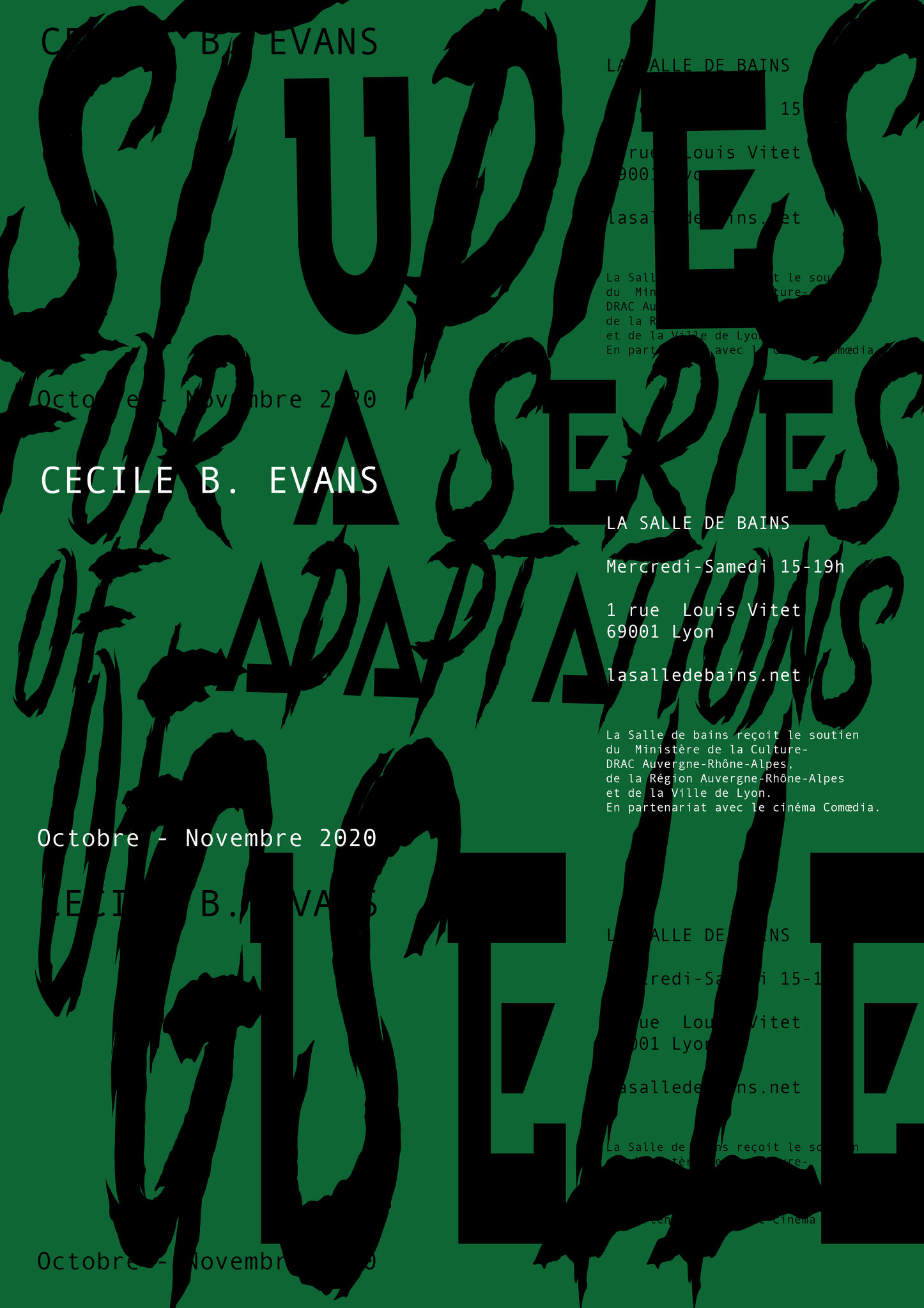
Studies for a Series of Adaptations of Giselle – salle 3, 2020
Affiche
Cécile B. Evans (1983)
Après des études de théâtre, Cécile B. Evans réalise plusieurs films et installations multimédia largement diffusées dans le monde, dont Sprung a Leak à la Tate Liverpool (UK) en 2016, What the Heart Wants à la Kunsthalle Aarhus (DK) en 2017, Amos’ World, Episode 1 au mumok, (Vienne, AT) en 2018, ou encore Amos’ World au FRAC Lorraine (Metz) en 2019.
Parallèlement à la Salle de bains, Cécile B. Evans participe au festival MOVE! 2020 au
Centre Pompidou (Paris) et présentera une installation-performance dont La Salle de bains est co-productrice.
Cécile B. Evans est représentée par la galerie
Emmanuel Layr (Vienne, AT et Rome, IT).
Après des études de théâtre, Cécile B. Evans réalise plusieurs films et installations multimédia largement diffusées dans le monde, dont Sprung a Leak à la Tate Liverpool (UK) en 2016, What the Heart Wants à la Kunsthalle Aarhus (DK) en 2017, Amos’ World, Episode 1 au mumok, (Vienne, AT) en 2018, ou encore Amos’ World au FRAC Lorraine (Metz) en 2019.
Parallèlement à la Salle de bains, Cécile B. Evans participe au festival MOVE! 2020 au
Centre Pompidou (Paris) et présentera une installation-performance dont La Salle de bains est co-productrice.
Cécile B. Evans est représentée par la galerie
Emmanuel Layr (Vienne, AT et Rome, IT).
Cécile B. Evans (1983)
After studying theatre, Cécile B. Evans directed several films and multimedia installations that were widely distributed around the world, including Sprung a Leak at the Tate Liverpool (UK) in 2016, What the Heart Wants at the Kunsthalle Aarhus (DK) in 2017, Amos' World, Episode 1 at the mumok, (Vienna, AT) in 2018, and Amos' World at the FRAC Lorraine (Metz) in 2019.
Alongside la Salle de bains, Cécile B. Evans is taking part in the MOVE! 2020 festival at the Centre Pompidou (Paris) and will present an installation-performance of which La Salle de bains is co-producer.
Cécile B. Evans is represented by the gallery Emmanuel Layr (Vienna, AT and Rome, IT).
After studying theatre, Cécile B. Evans directed several films and multimedia installations that were widely distributed around the world, including Sprung a Leak at the Tate Liverpool (UK) in 2016, What the Heart Wants at the Kunsthalle Aarhus (DK) in 2017, Amos' World, Episode 1 at the mumok, (Vienna, AT) in 2018, and Amos' World at the FRAC Lorraine (Metz) in 2019.
Alongside la Salle de bains, Cécile B. Evans is taking part in the MOVE! 2020 festival at the Centre Pompidou (Paris) and will present an installation-performance of which La Salle de bains is co-producer.
Cécile B. Evans is represented by the gallery Emmanuel Layr (Vienna, AT and Rome, IT).
Notations for an Adaptation of Giselle (welcome to whatever forever), 2020
Interprété par :
Alexandrina Hemsley, Giselle
Lily McMenamy, Leonida
Sakeema Crook, Myrthe
Rebecca Root, Bertie (mère de Giselle)
Cécile B. Evans, voix
Sophia Al Maria, voix
fiverr.com/yuemonkey, Journaliste
Produit par : Bill Bellingham
Assistance à la Production : Johan Redderson
Programmation audiovisuelle : Jelena Viskovic
Programmation de l'interface : Thomas Lawanson
Responsable des répétitions : Anna Clifford
Composition : Paul Purgas
Musique avec : Hinako Omori
Voix : Ms Carrie Stacks
Mixage sonore : Joe Namy
Soutien à la rédaction du scénario : Sophia Al Maria
Visuels supplémentaires : Deepa Keshvala
Costumes : Matthew Dainty/COTTWEILER
Avec le soutien de Cork Street Galleries. Soutien supplémentaire et remerciements à : la Salle de Bains (Lyon), Forma Arts, Gentle Energy Audio Hire & Engineering, Personal Improvement Ltd, Phocealys, Galerie Emanuel Layr, Château Shatto, Yuri Pattison, et le Bristol BioEnergy Centre (UWE) pour la production du générateur à combustible micriobien.
Interprété par :
Alexandrina Hemsley, Giselle
Lily McMenamy, Leonida
Sakeema Crook, Myrthe
Rebecca Root, Bertie (mère de Giselle)
Cécile B. Evans, voix
Sophia Al Maria, voix
fiverr.com/yuemonkey, Journaliste
Produit par : Bill Bellingham
Assistance à la Production : Johan Redderson
Programmation audiovisuelle : Jelena Viskovic
Programmation de l'interface : Thomas Lawanson
Responsable des répétitions : Anna Clifford
Composition : Paul Purgas
Musique avec : Hinako Omori
Voix : Ms Carrie Stacks
Mixage sonore : Joe Namy
Soutien à la rédaction du scénario : Sophia Al Maria
Visuels supplémentaires : Deepa Keshvala
Costumes : Matthew Dainty/COTTWEILER
Avec le soutien de Cork Street Galleries. Soutien supplémentaire et remerciements à : la Salle de Bains (Lyon), Forma Arts, Gentle Energy Audio Hire & Engineering, Personal Improvement Ltd, Phocealys, Galerie Emanuel Layr, Château Shatto, Yuri Pattison, et le Bristol BioEnergy Centre (UWE) pour la production du générateur à combustible micriobien.
Notations for an Adaptation of Giselle (welcome to whatever forever), 2020
Interpreted by :
Alexandrina Hemsley, Giselle
Lily McMenamy, Leonida
Sakeema Crook, Myrtle
Rebecca Root, Bertie (Giselle's mother)
Cécile B. Evans, voice
Sophia Al Maria, voice
fiverr.com/yuemonkey, Journalist
Produced by: Bill Bellingham
Production Assistant: Johan Redderson
Audiovisual programming: Jelena Viskovic
Interface programming: Thomas Lawanson
Head of rehearsals: Anna Clifford
Composer: Paul Purgas
Music with: Hinako Omori
Voice: Ms Carrie Stacks
Sound mixing: Joe Namy
Script writing support: Sophia Al Maria
Additional visuals: Deepa Keshvala
Costumes: Matthew Dainty/COTTWEILER
With the support of Cork Street Galleries. Additional support and thanks to: La Salle de Bains (Lyon), Forma Arts, Gentle Energy Audio Hire & Engineering, Personal Improvement Ltd, Phocealys, Galerie Emanuel Layr, Château Shatto, Yuri Pattison, and the Bristol BioEnergy Center (UWE) for the production of the microbial fuel generator.
Books: Octavia E. Butler, Parable of the Sower, Seven Stories press, 2017;
Sarah Kane, 4.48 Psychosis, L'Arche, 2001.
Interpreted by :
Alexandrina Hemsley, Giselle
Lily McMenamy, Leonida
Sakeema Crook, Myrtle
Rebecca Root, Bertie (Giselle's mother)
Cécile B. Evans, voice
Sophia Al Maria, voice
fiverr.com/yuemonkey, Journalist
Produced by: Bill Bellingham
Production Assistant: Johan Redderson
Audiovisual programming: Jelena Viskovic
Interface programming: Thomas Lawanson
Head of rehearsals: Anna Clifford
Composer: Paul Purgas
Music with: Hinako Omori
Voice: Ms Carrie Stacks
Sound mixing: Joe Namy
Script writing support: Sophia Al Maria
Additional visuals: Deepa Keshvala
Costumes: Matthew Dainty/COTTWEILER
With the support of Cork Street Galleries. Additional support and thanks to: La Salle de Bains (Lyon), Forma Arts, Gentle Energy Audio Hire & Engineering, Personal Improvement Ltd, Phocealys, Galerie Emanuel Layr, Château Shatto, Yuri Pattison, and the Bristol BioEnergy Center (UWE) for the production of the microbial fuel generator.
Books: Octavia E. Butler, Parable of the Sower, Seven Stories press, 2017;
Sarah Kane, 4.48 Psychosis, L'Arche, 2001.
La Salle de bains reçoit le soutien du Ministère de la Culture DRAC Auvergne-Rhône-Alpes,
de la Région Auvergne-Rhône-Alpes et de la Ville de Lyon.
de la Région Auvergne-Rhône-Alpes et de la Ville de Lyon.
